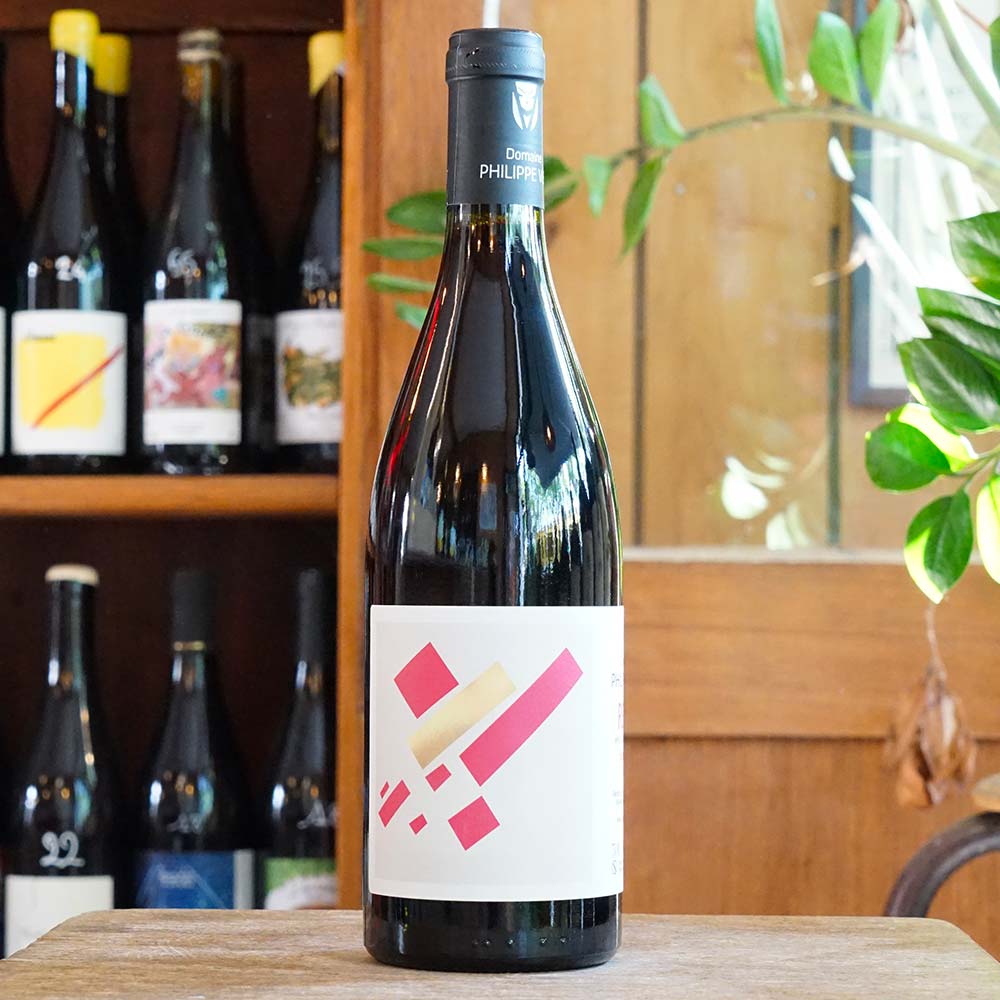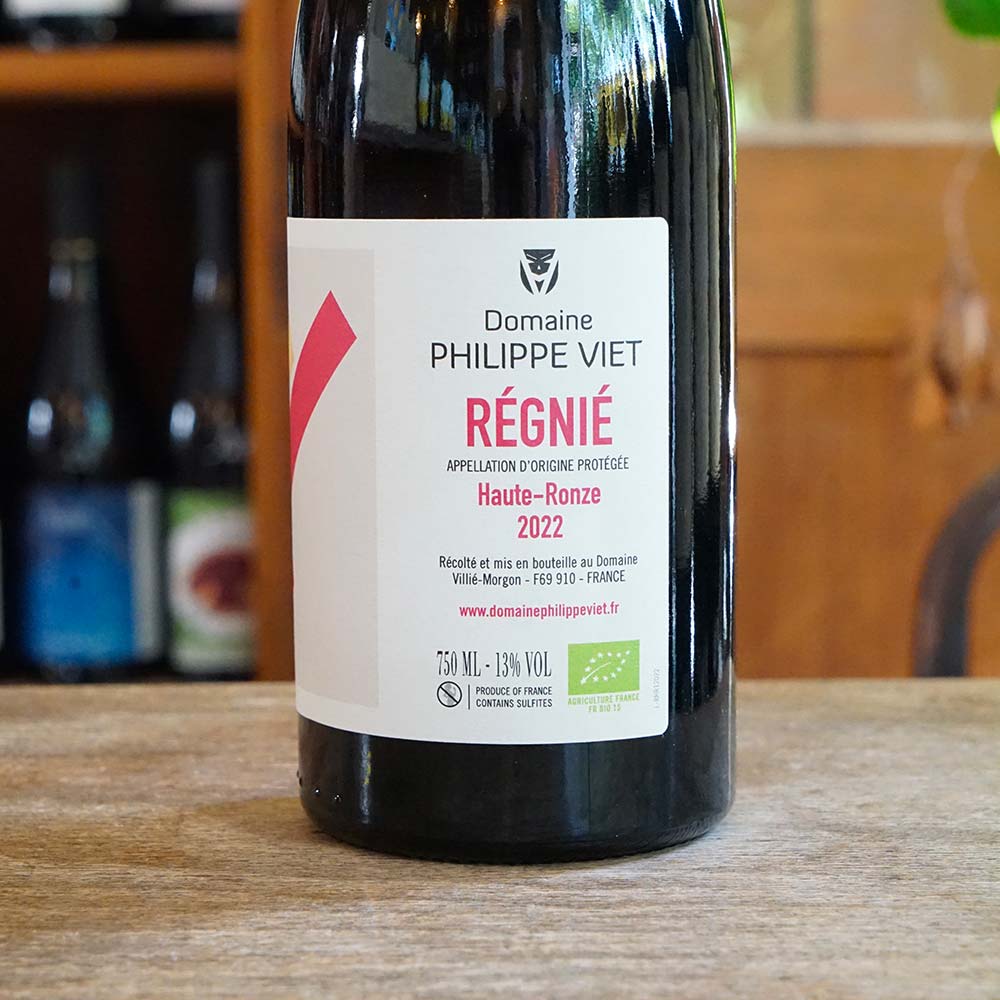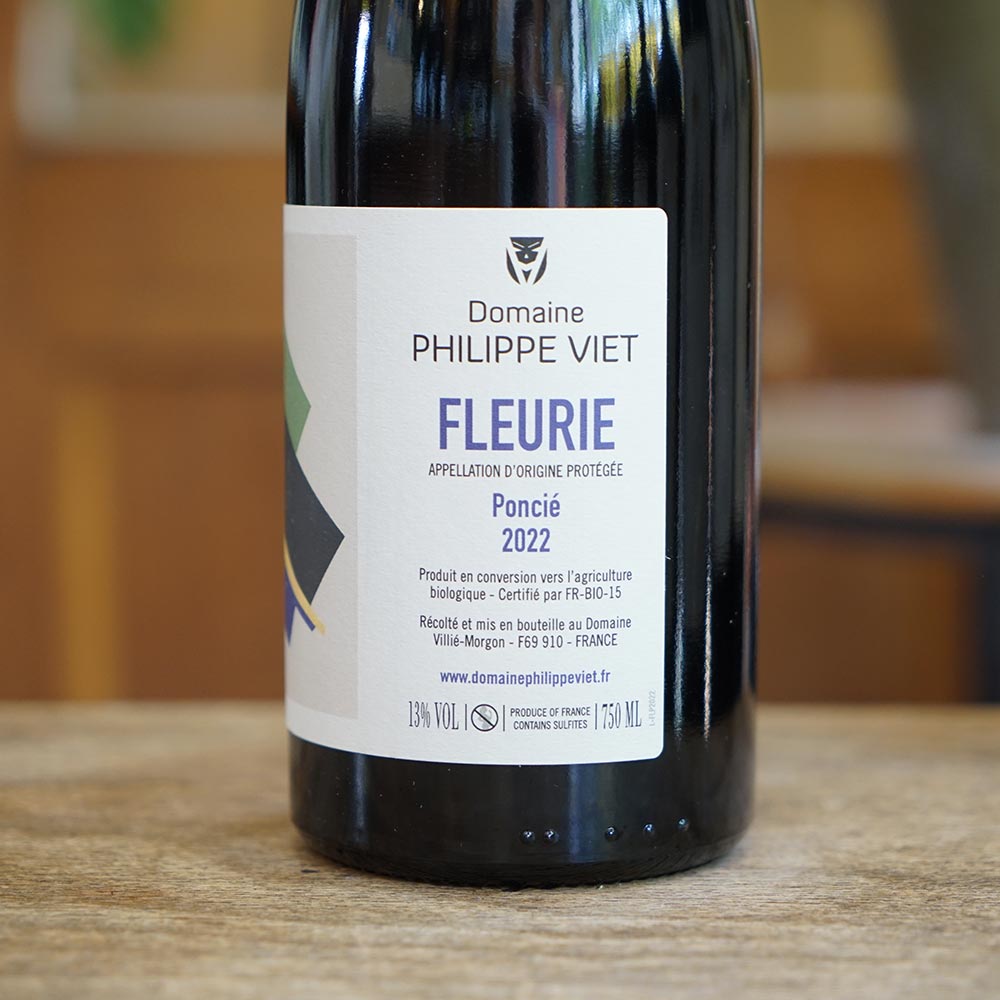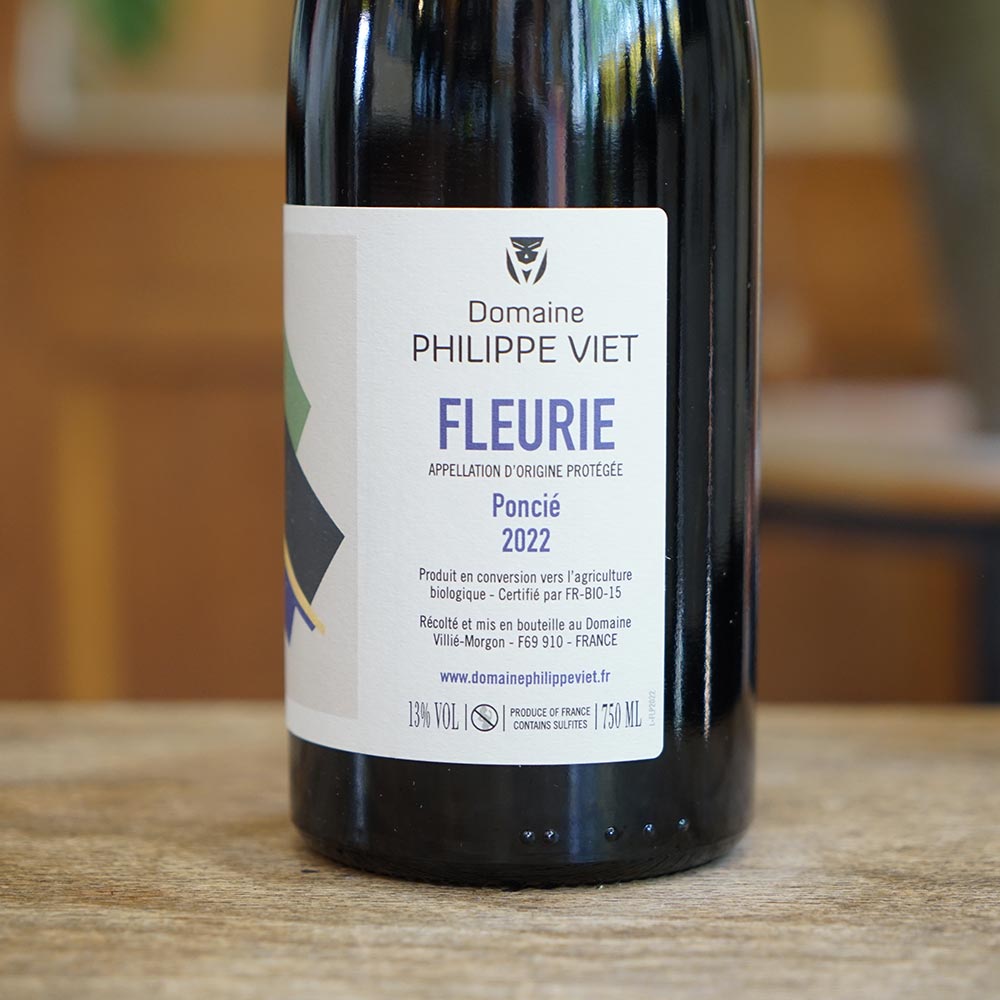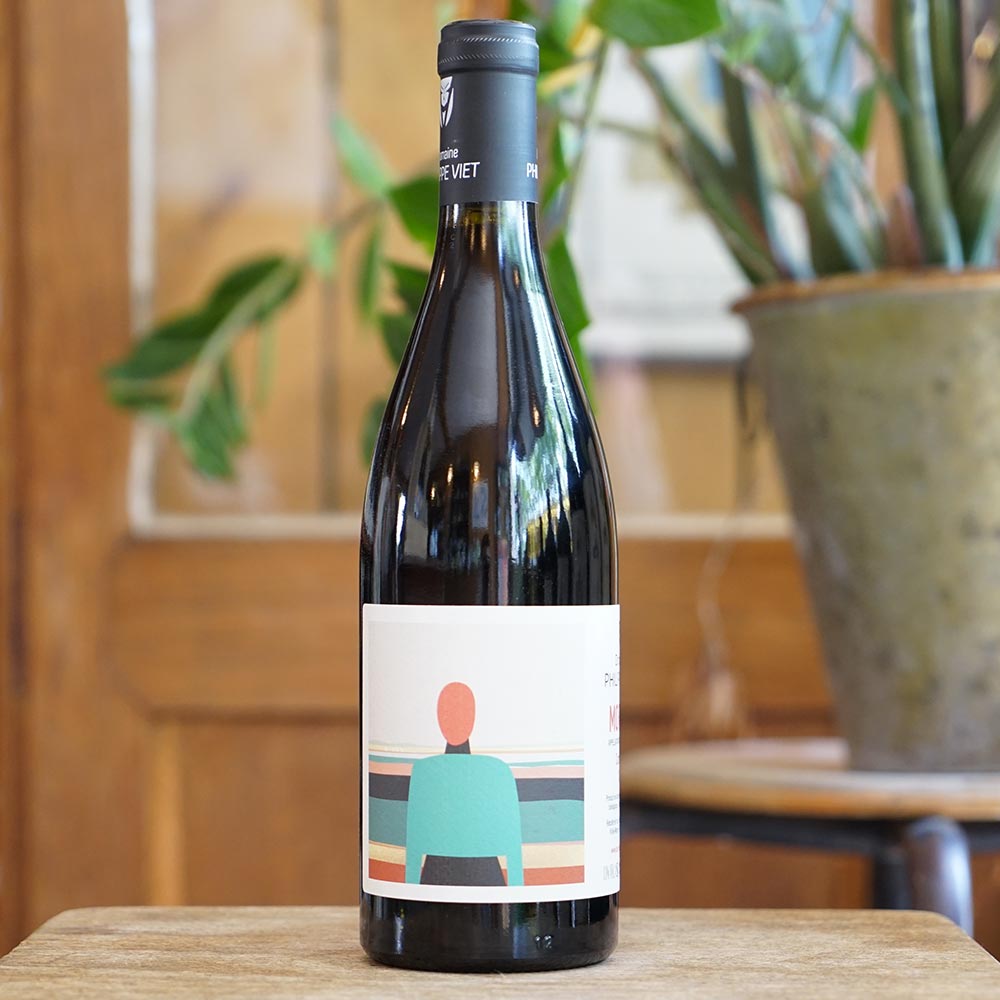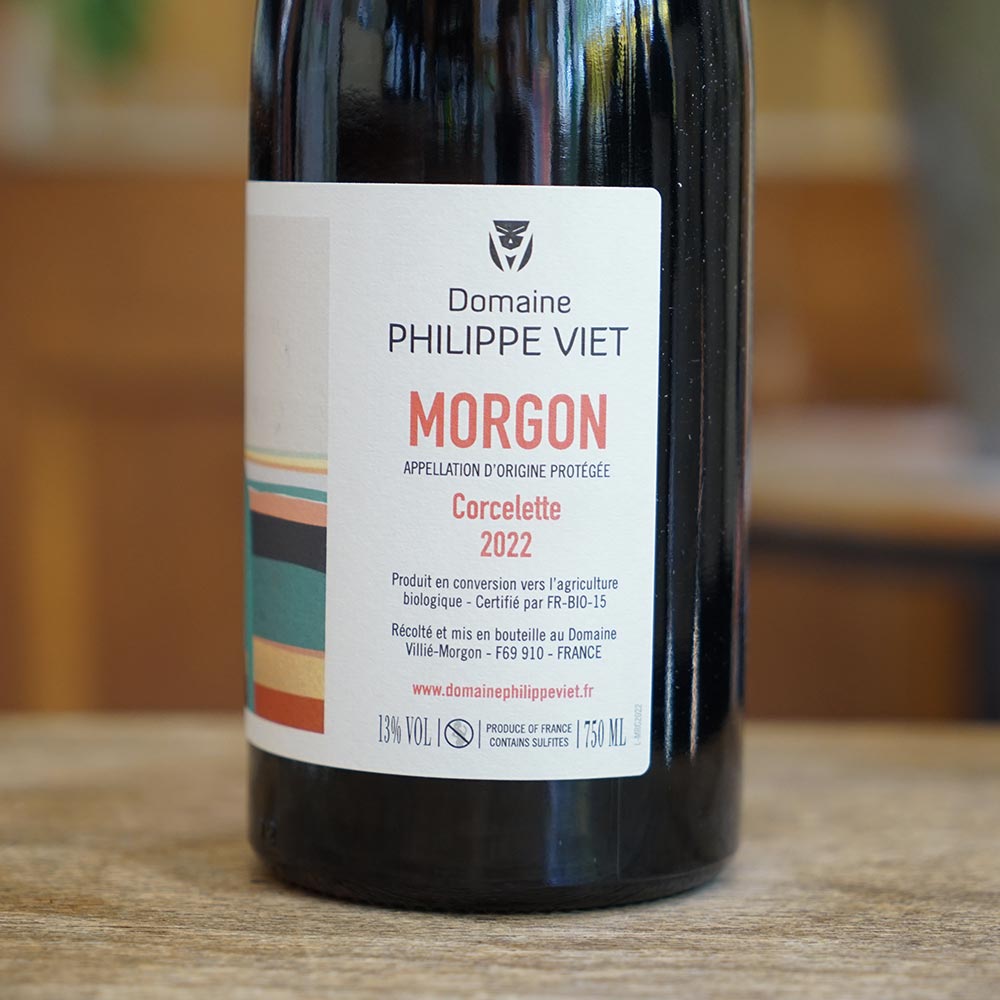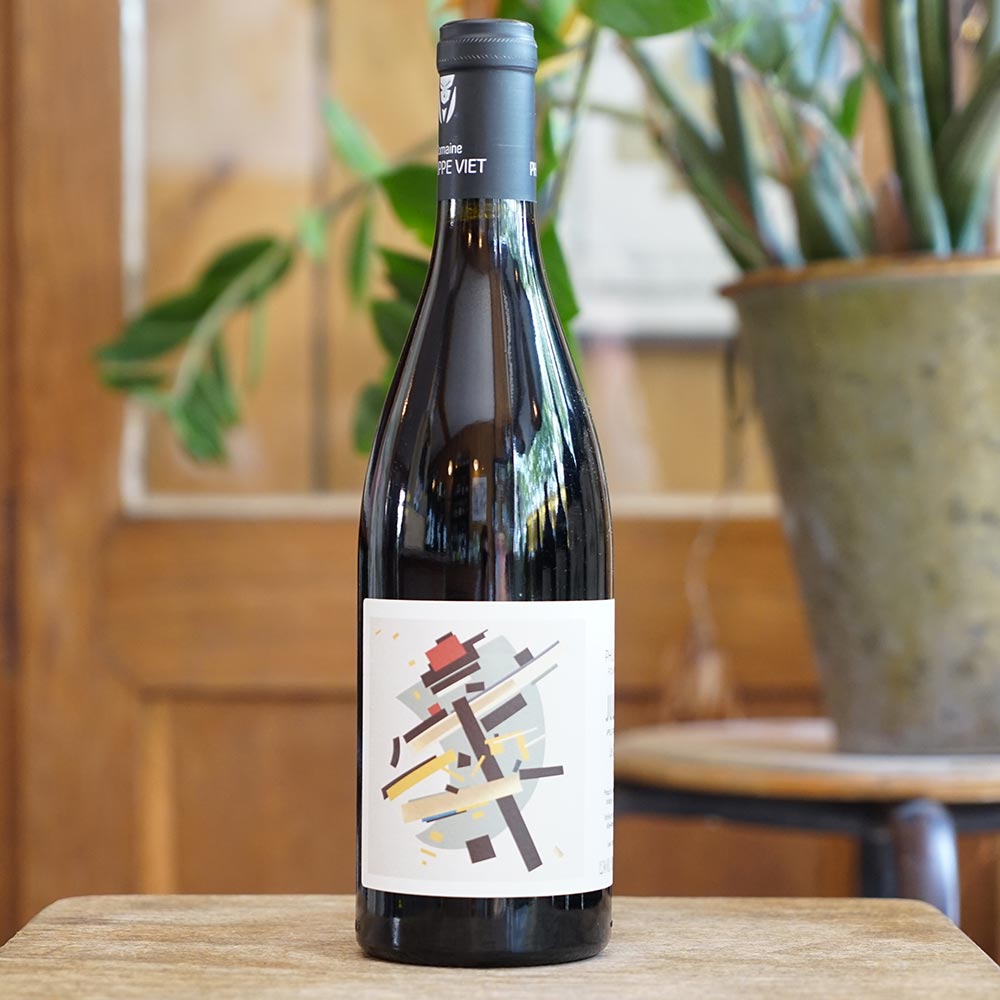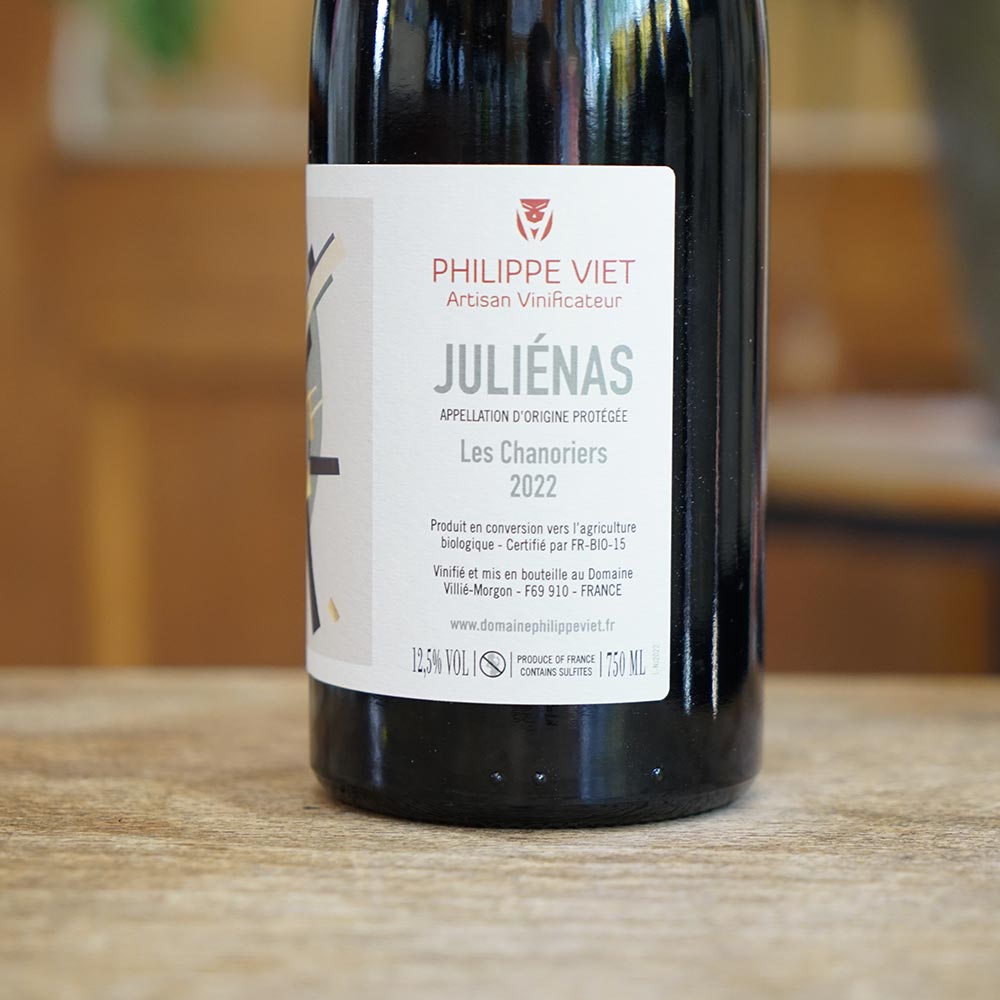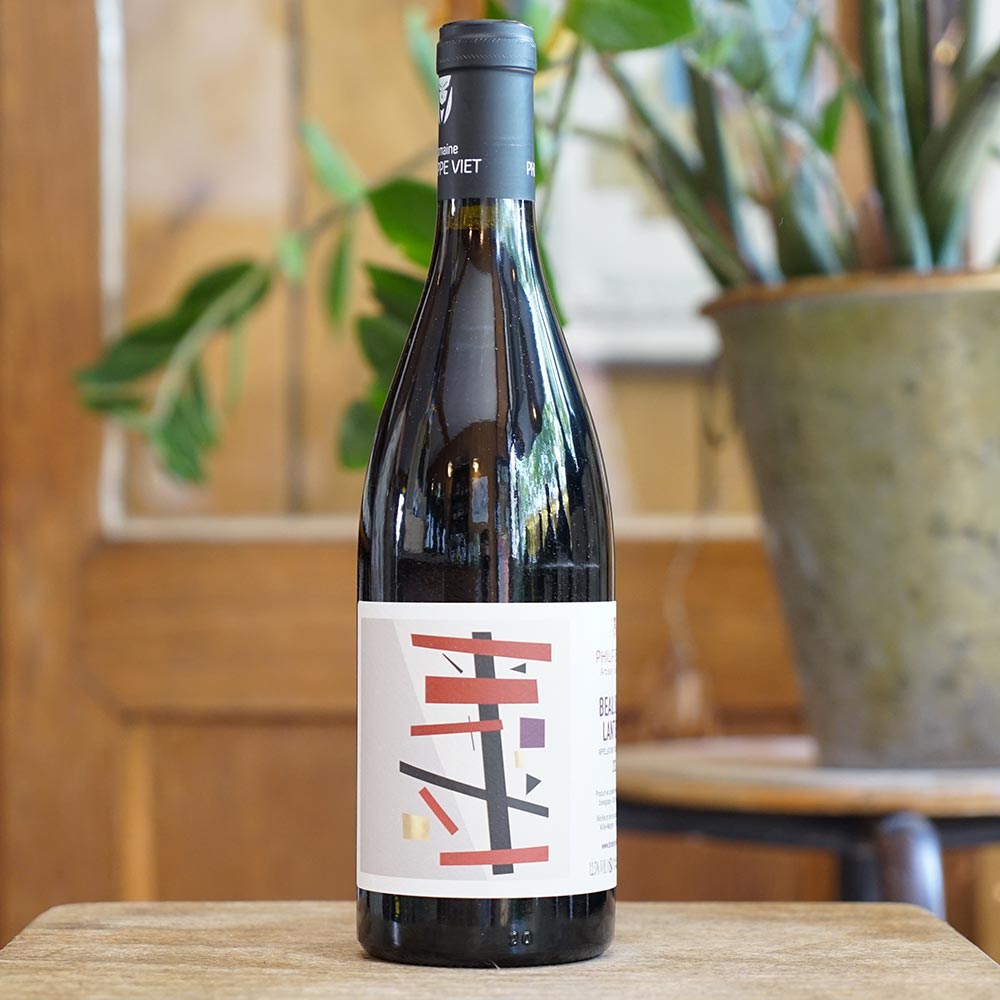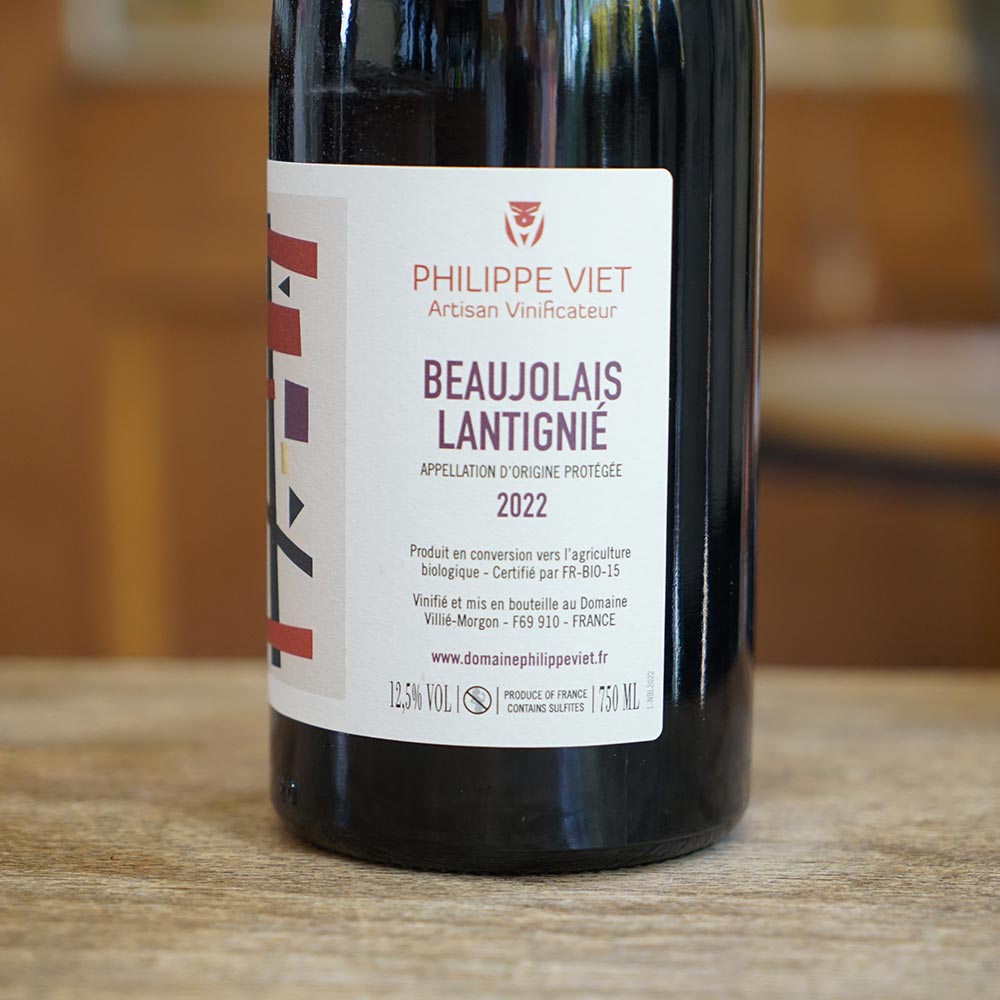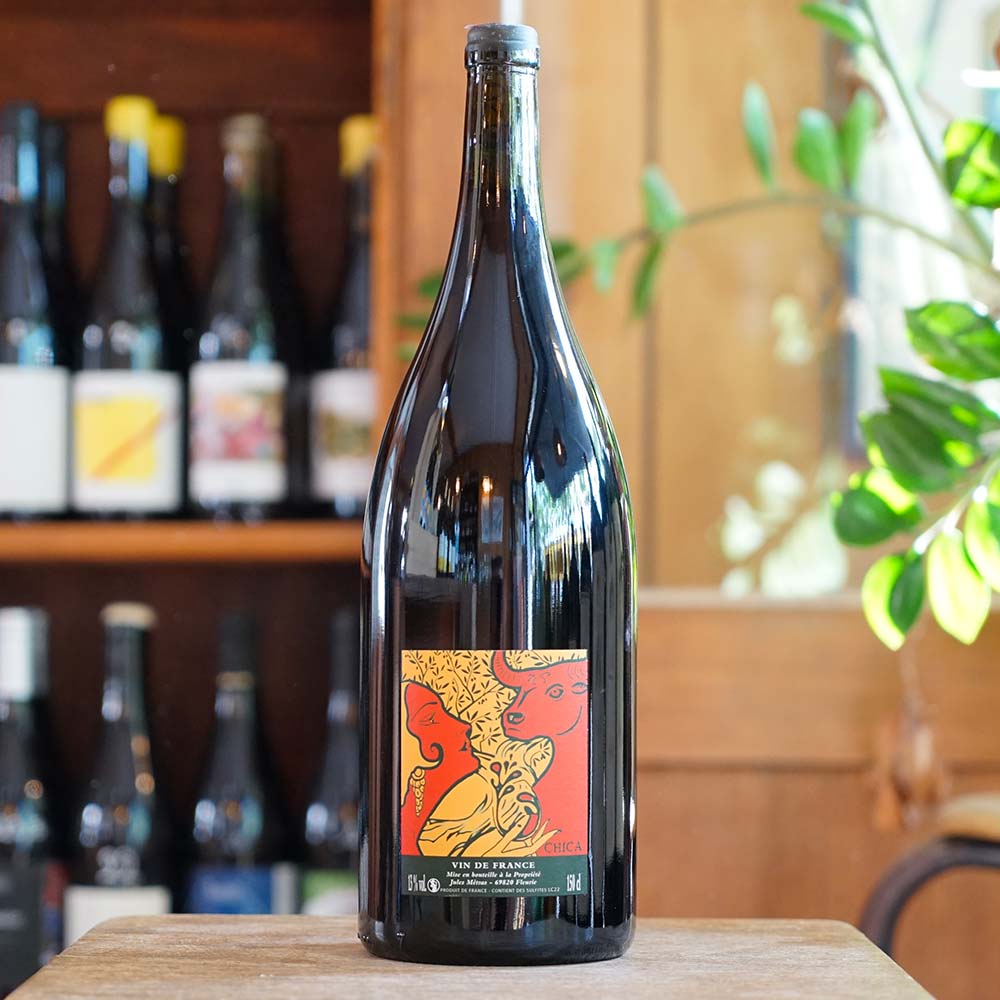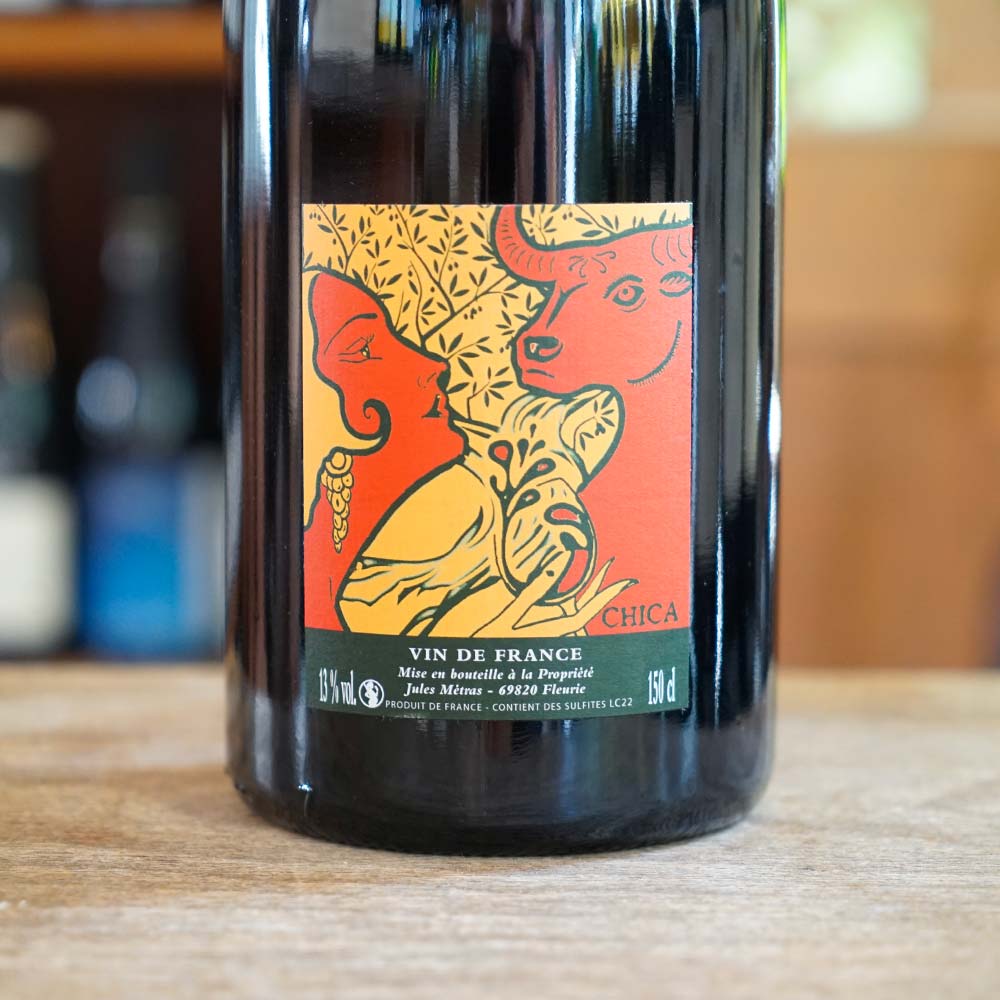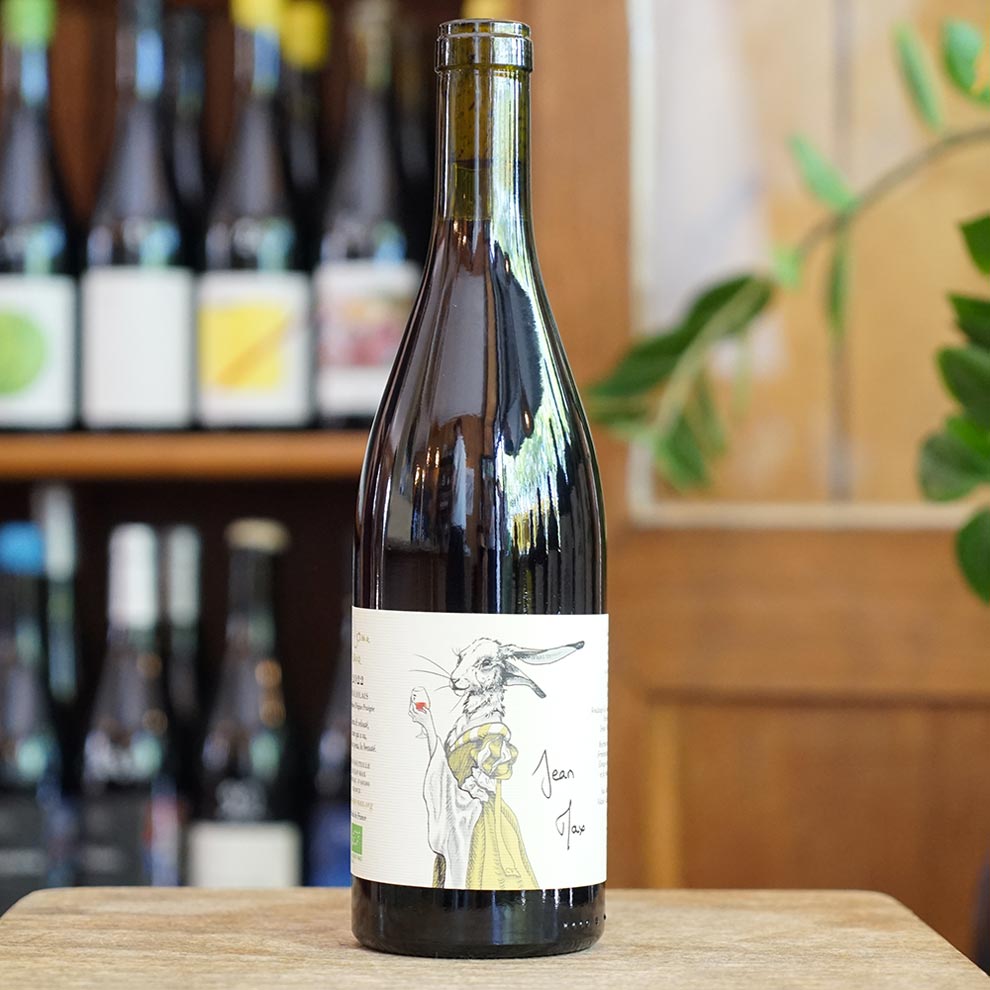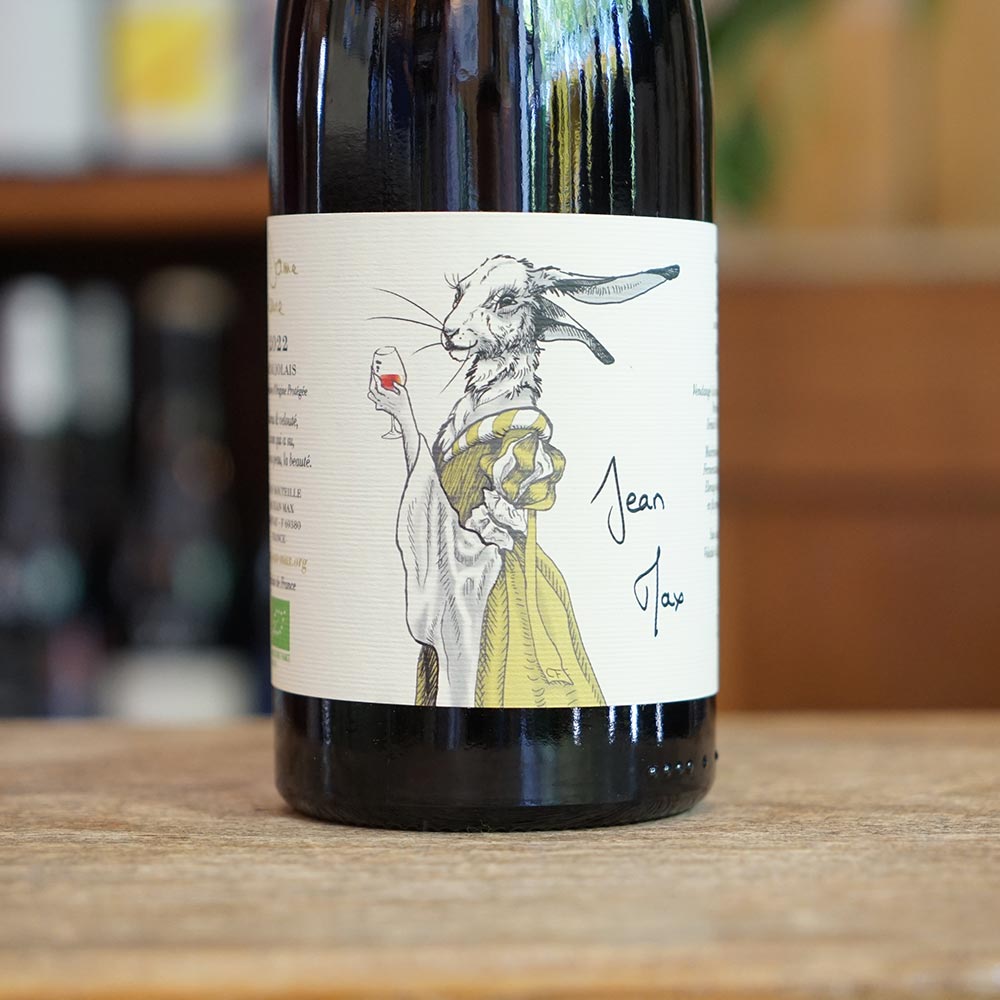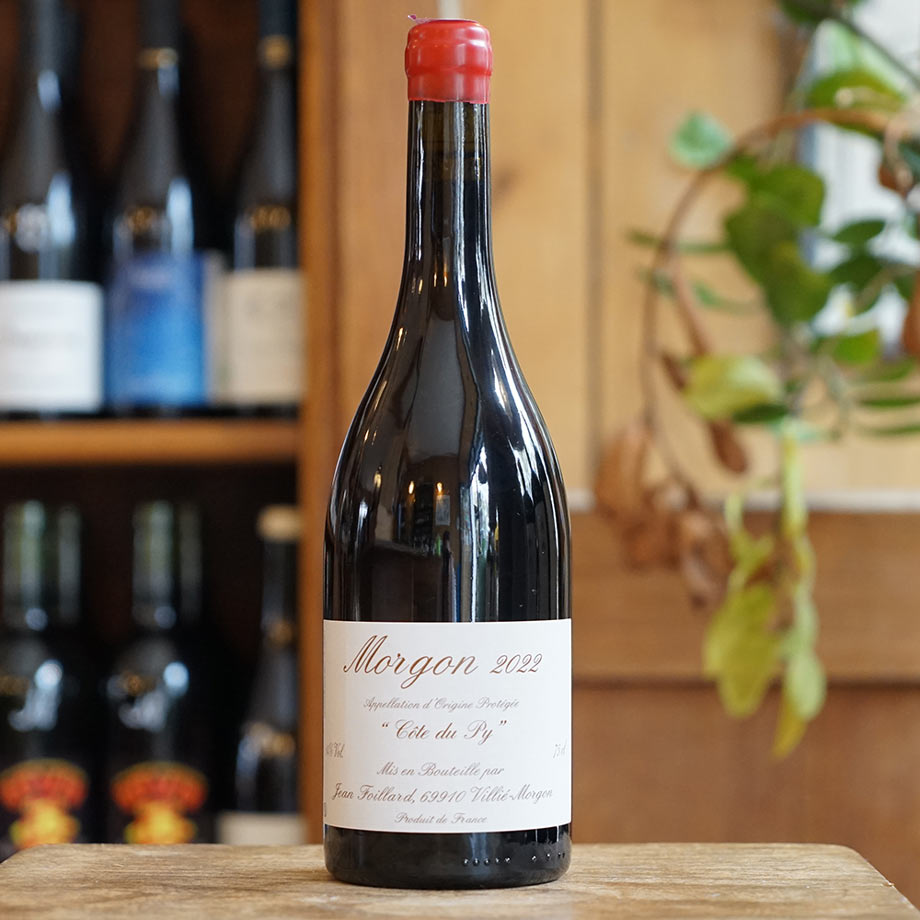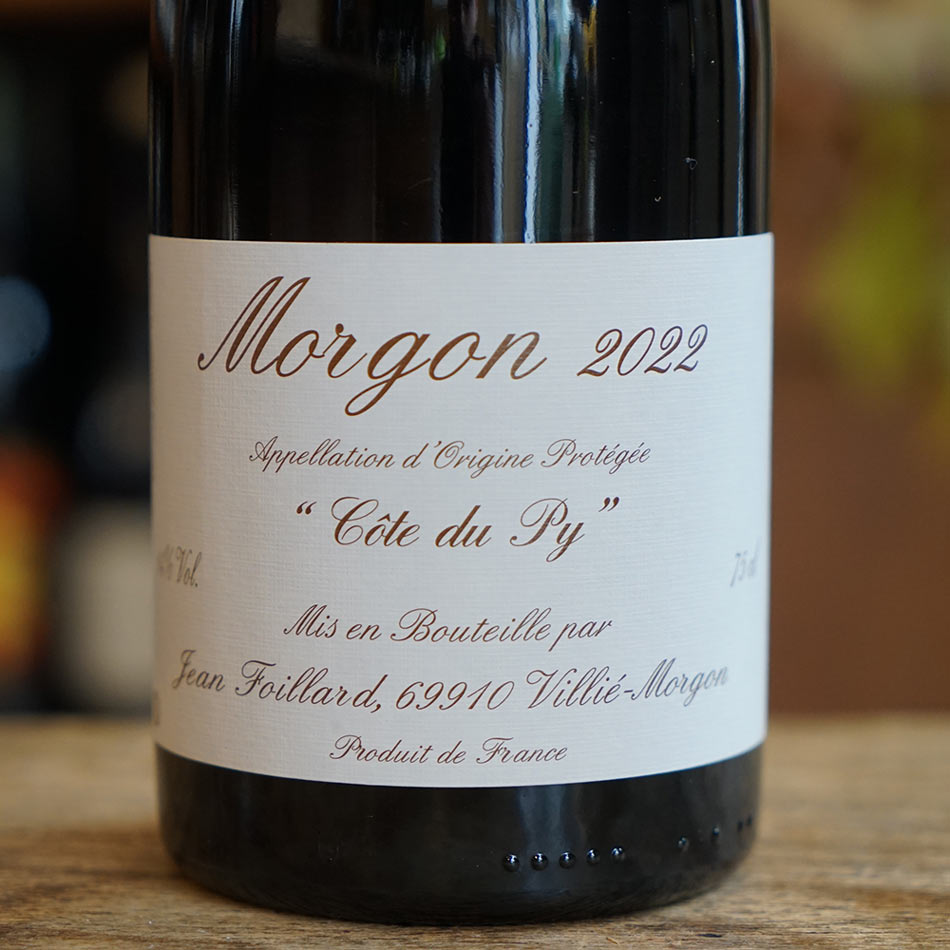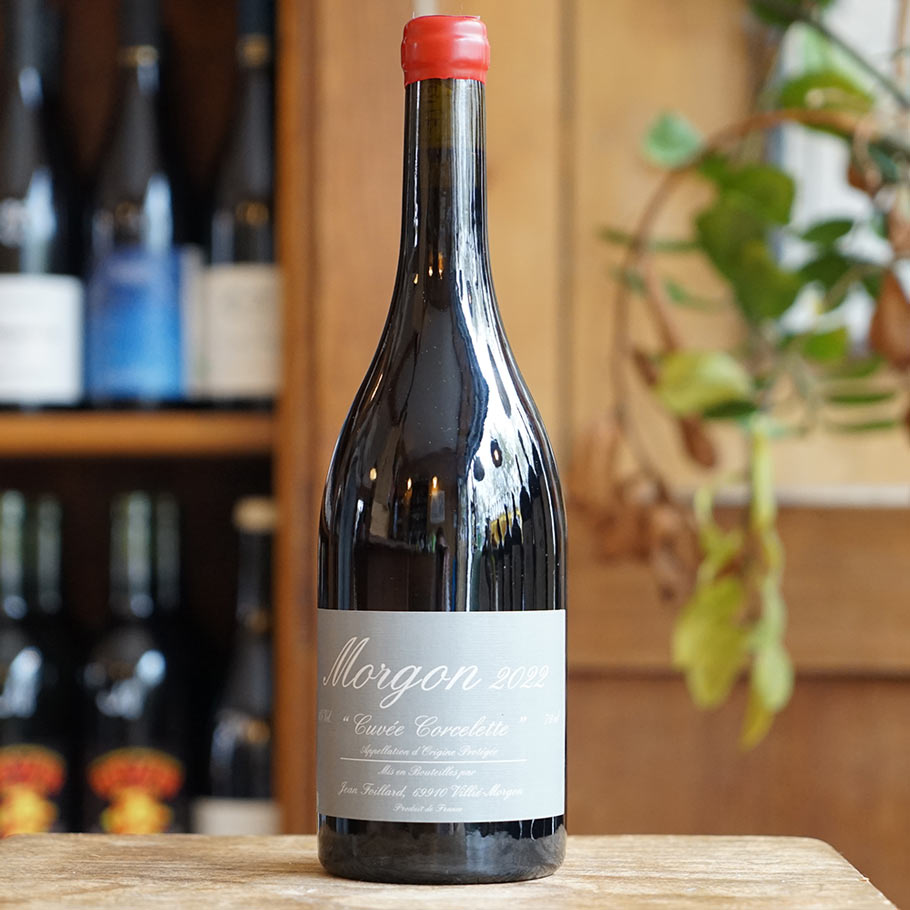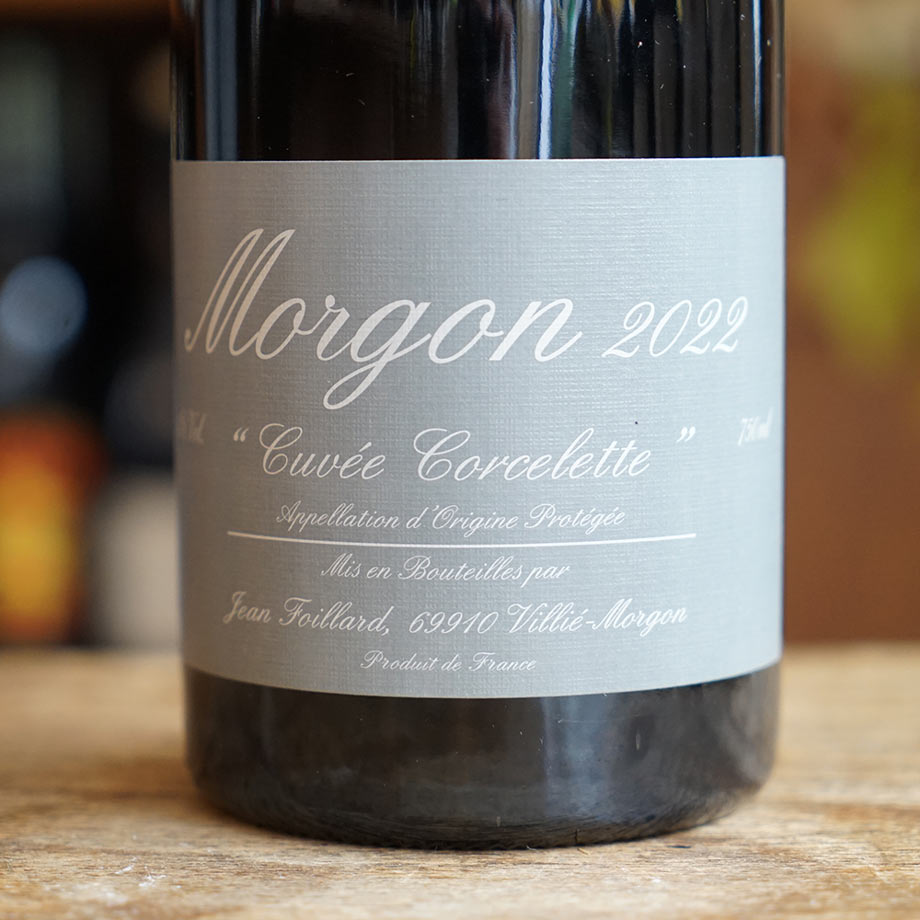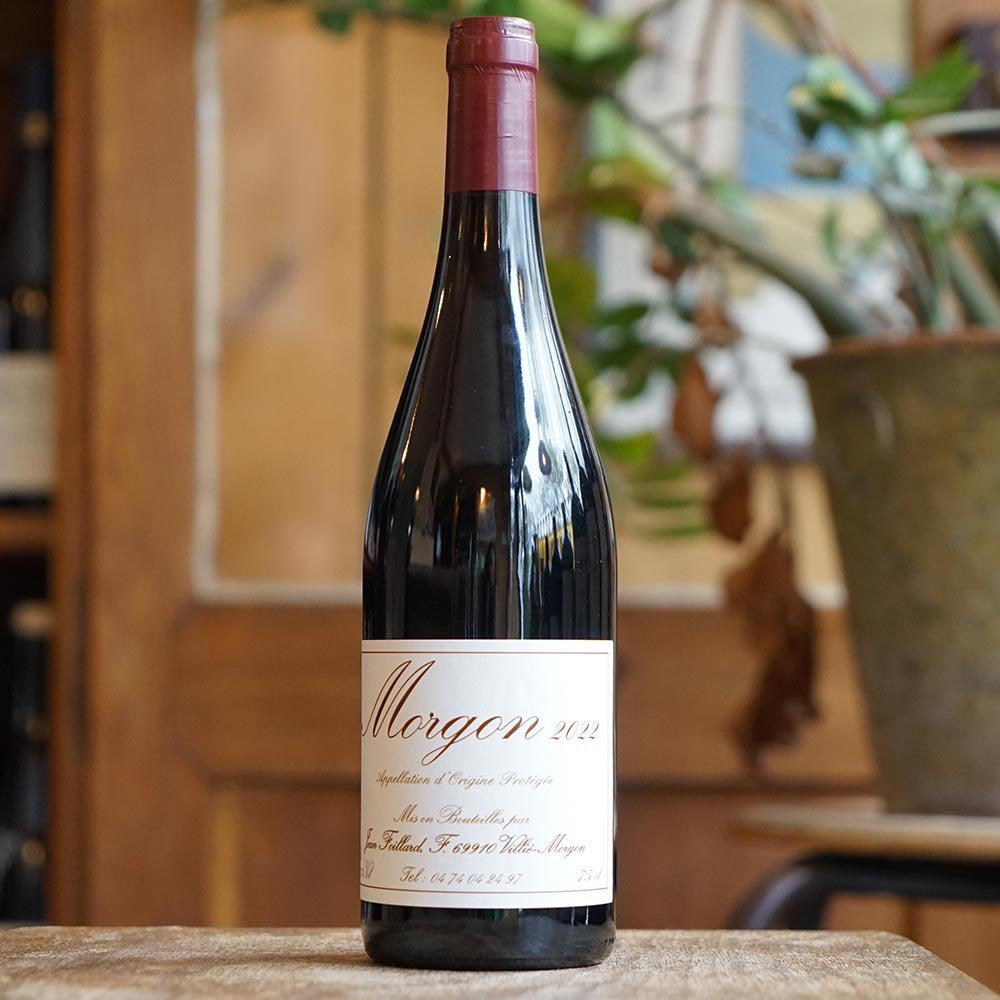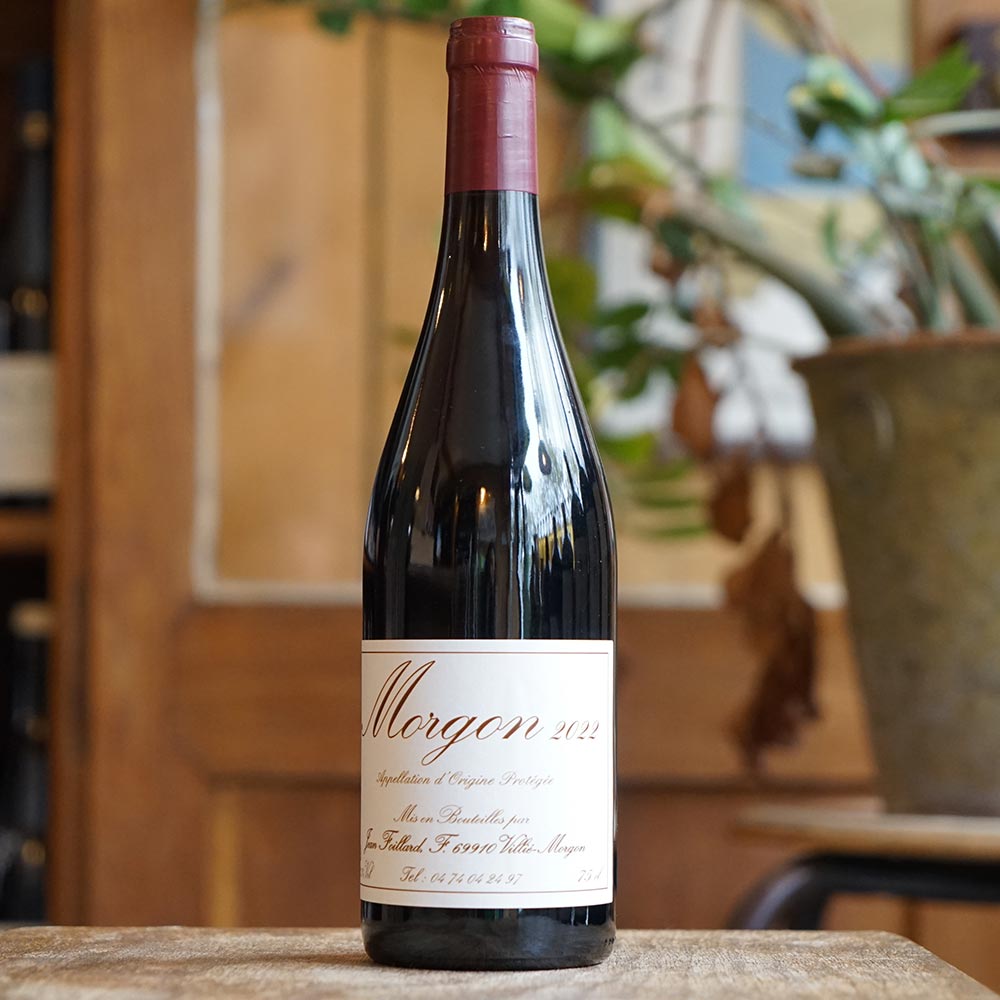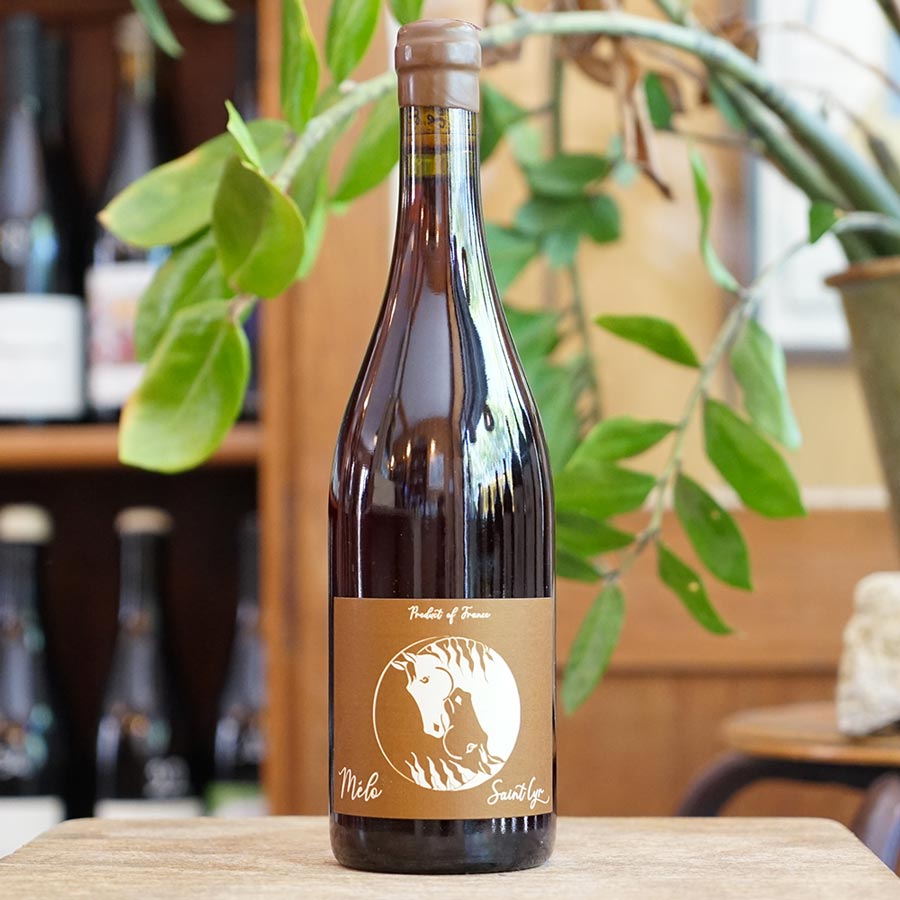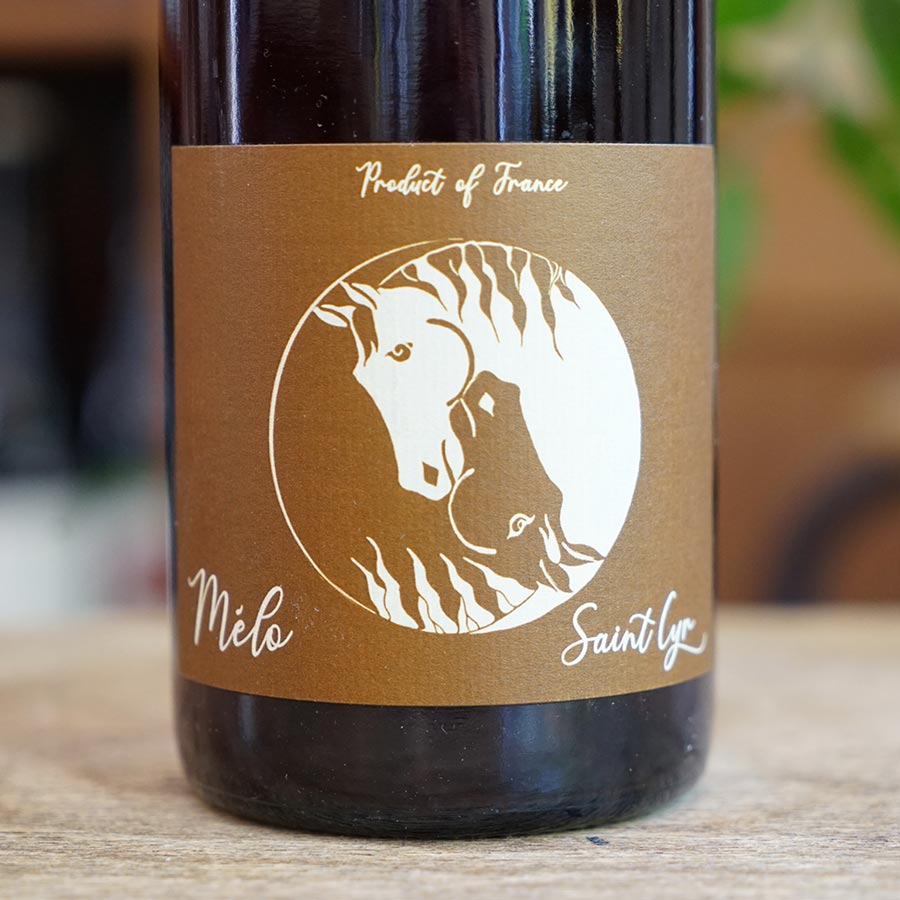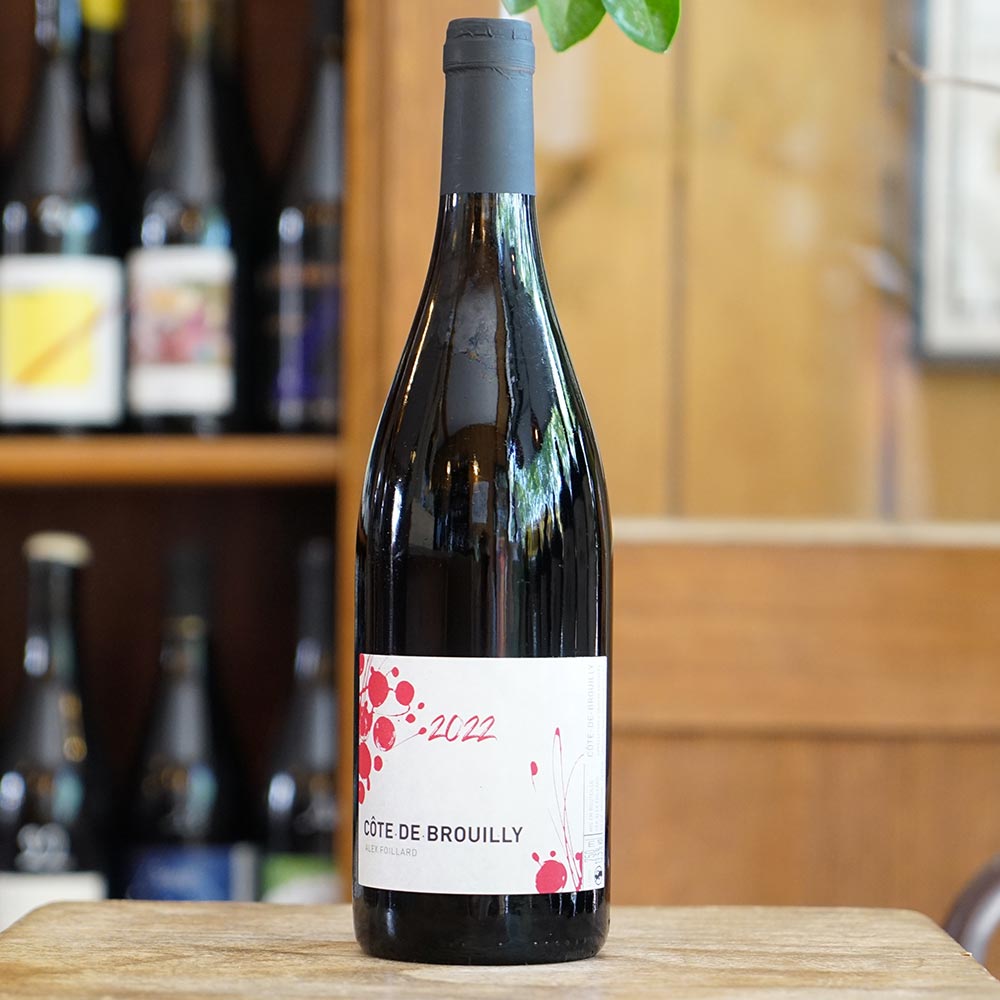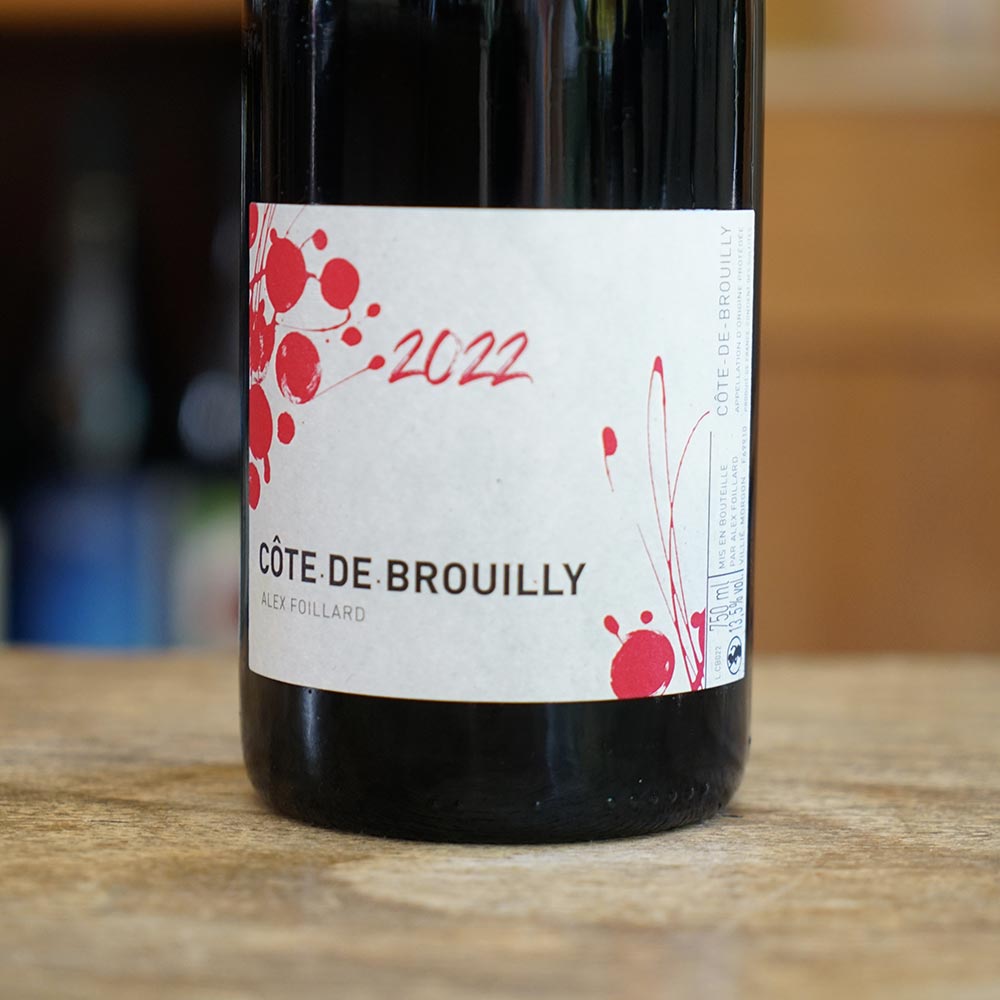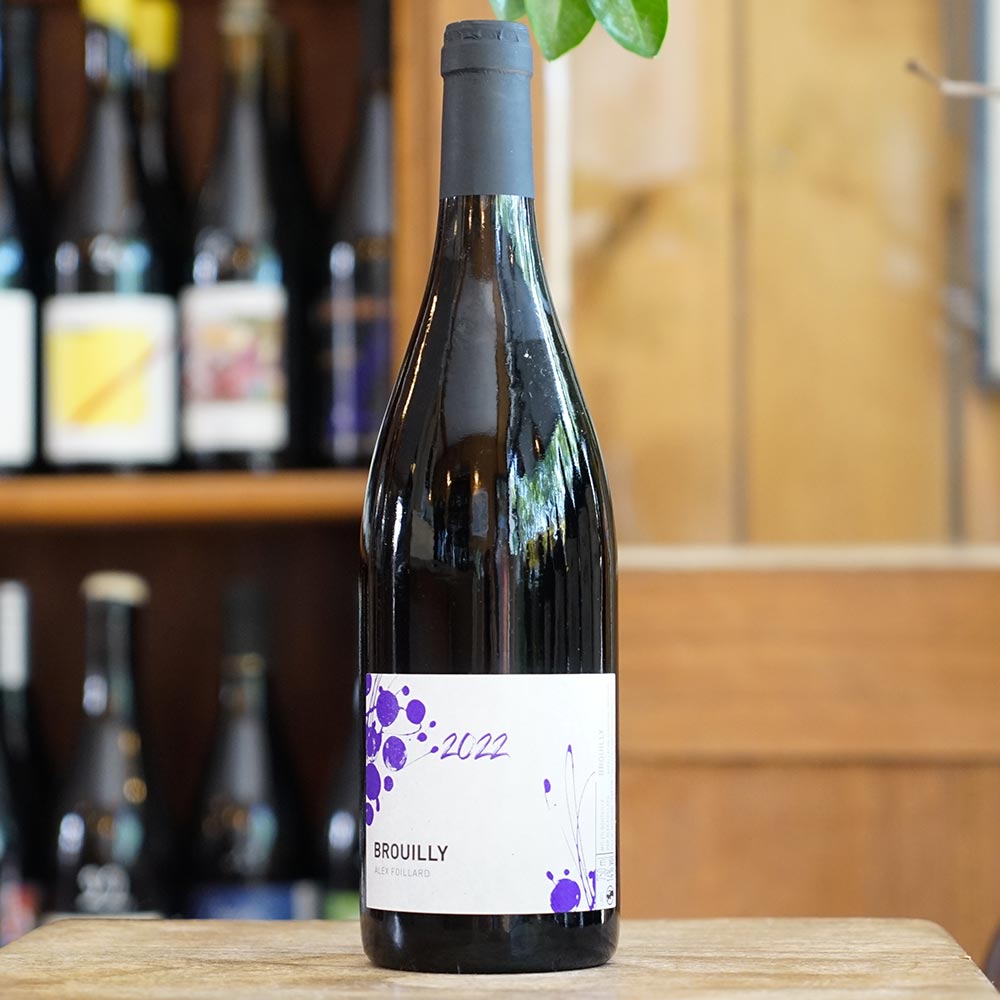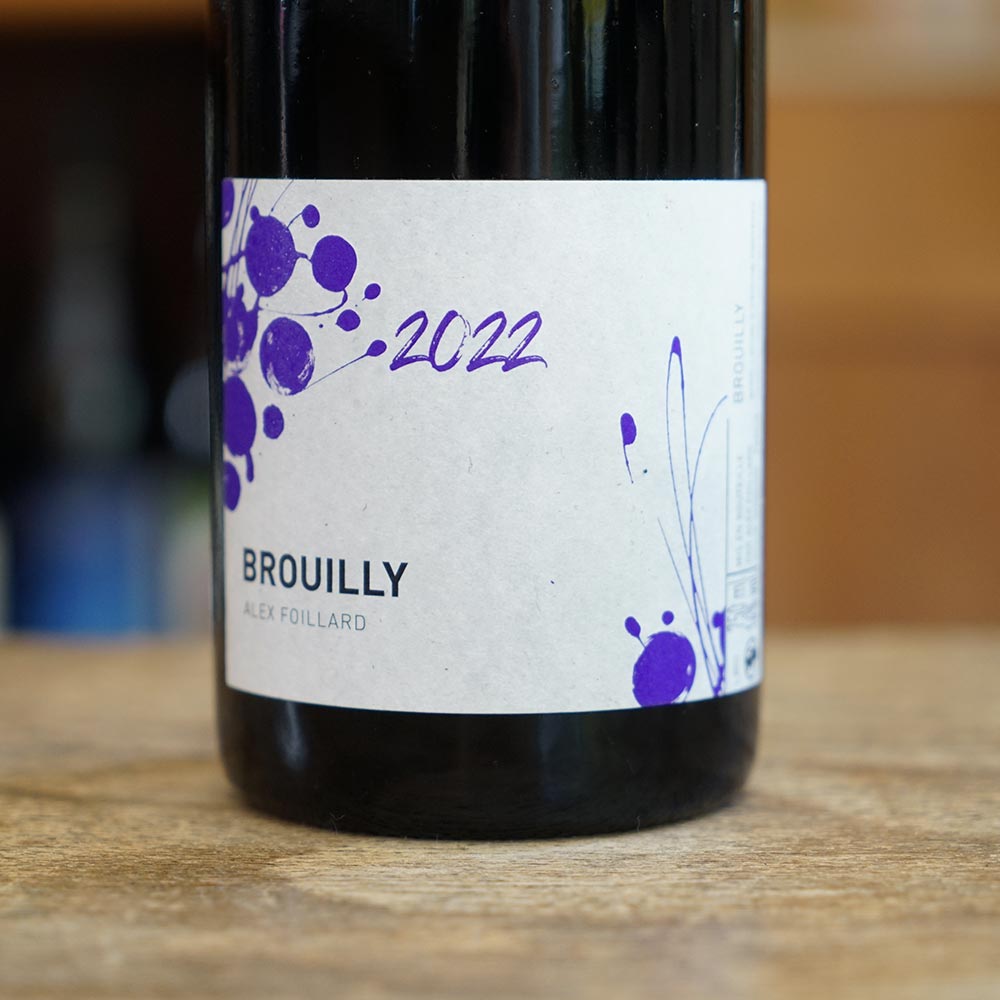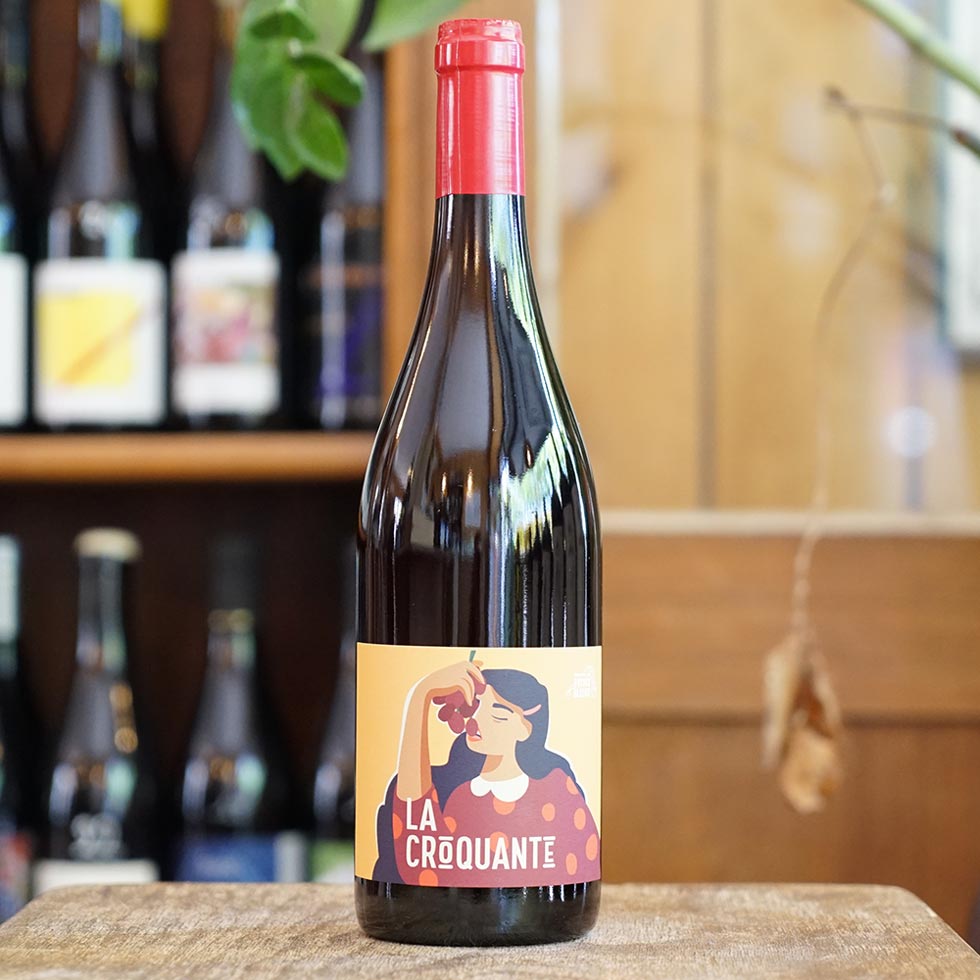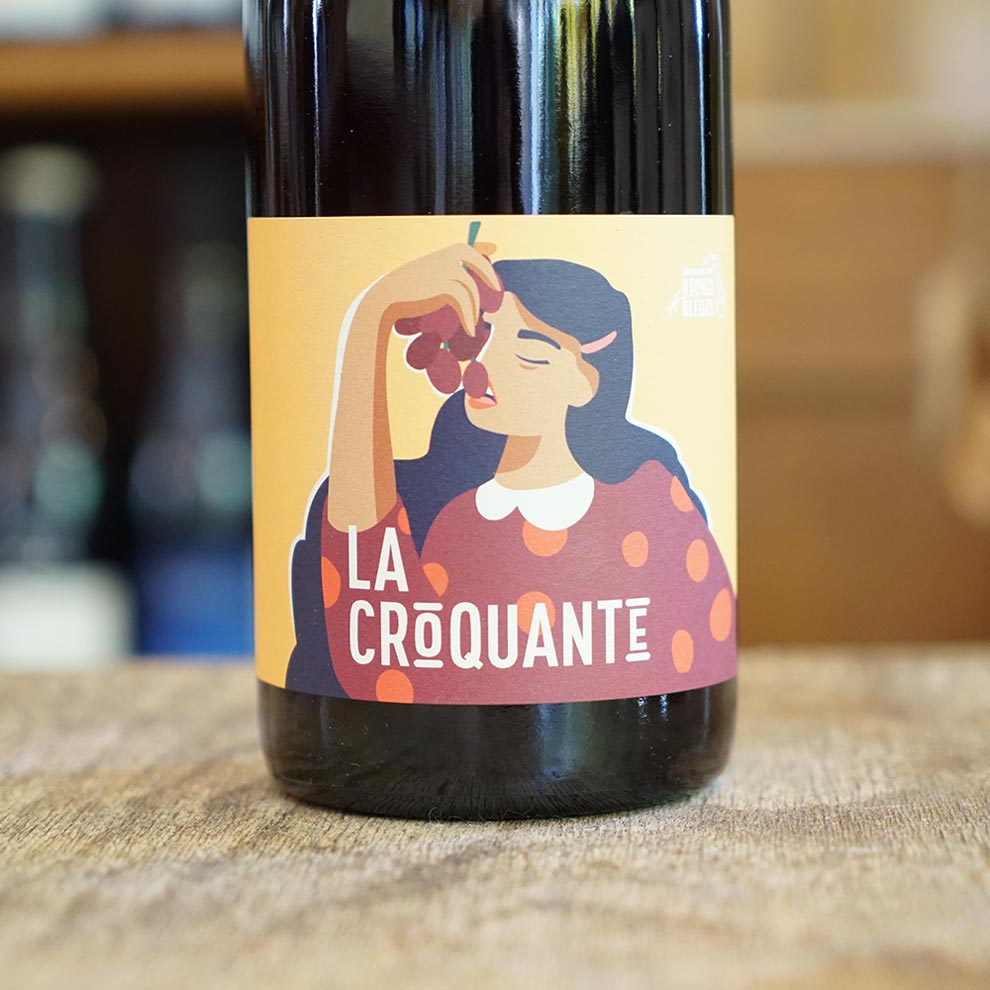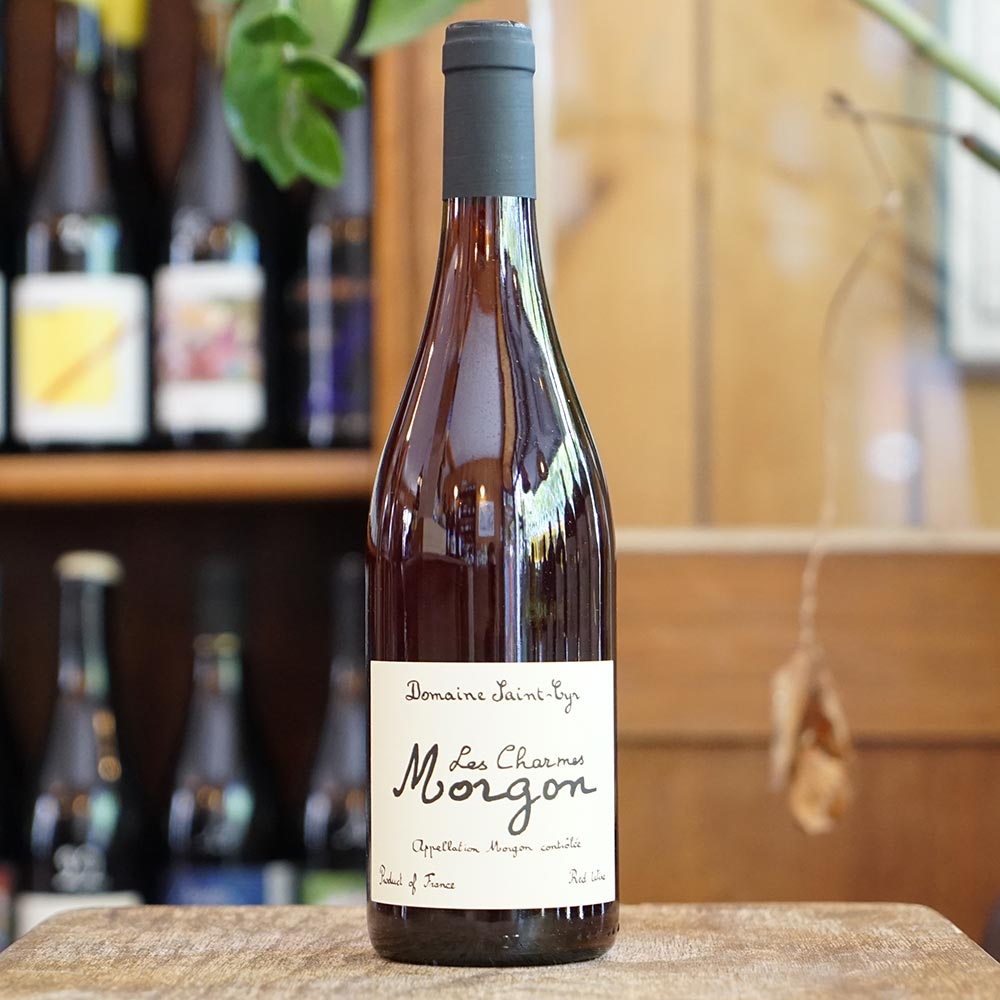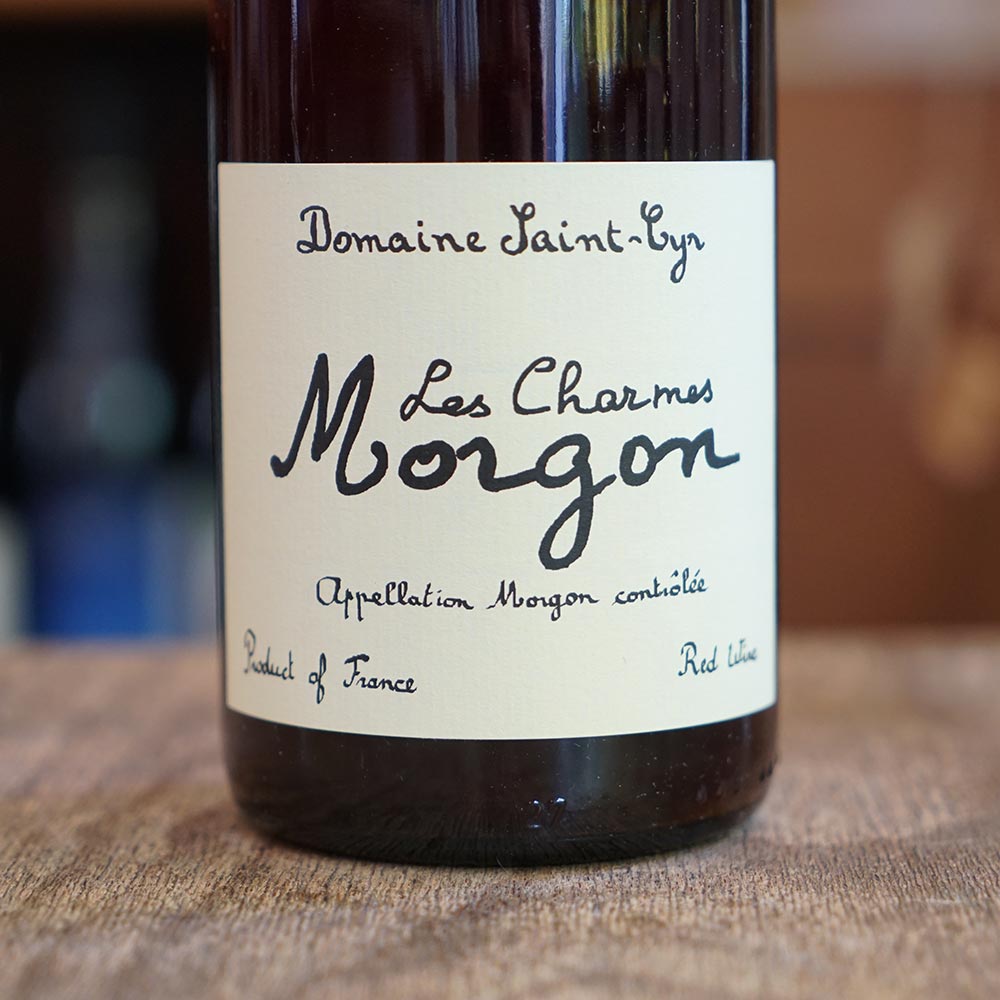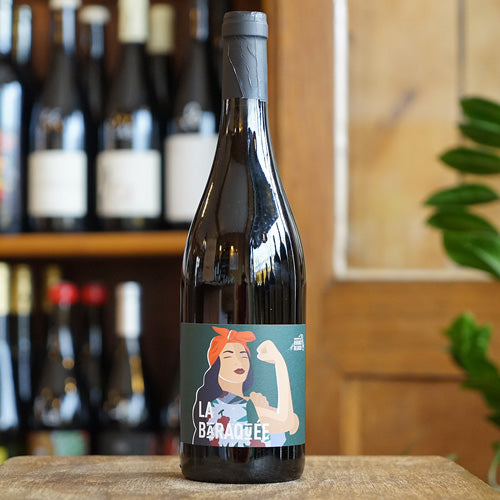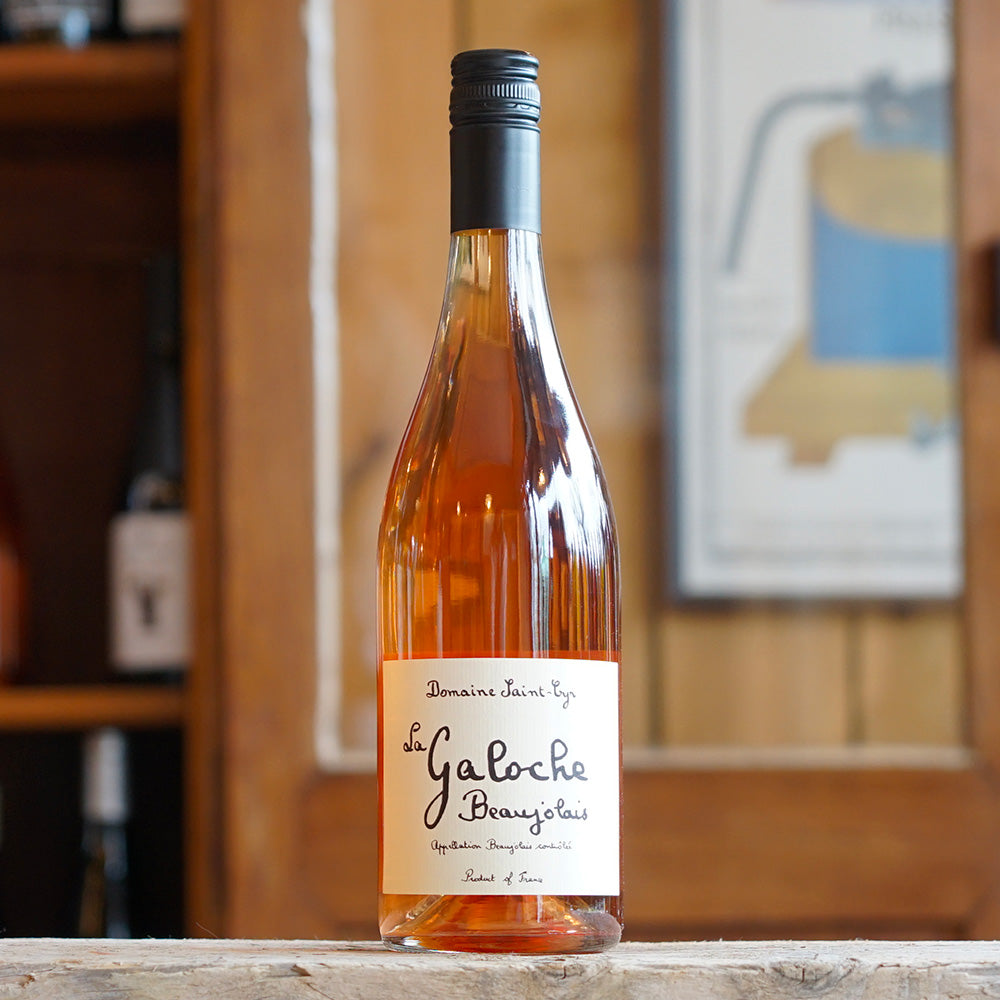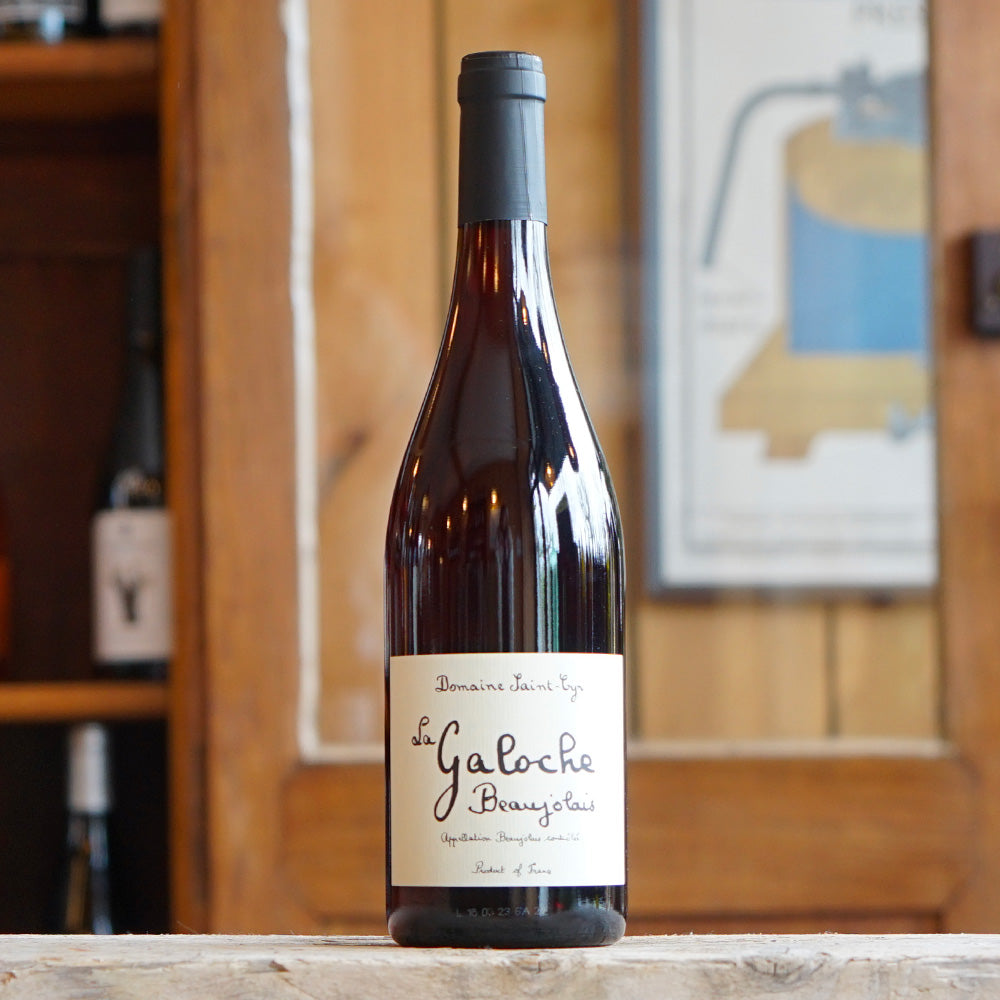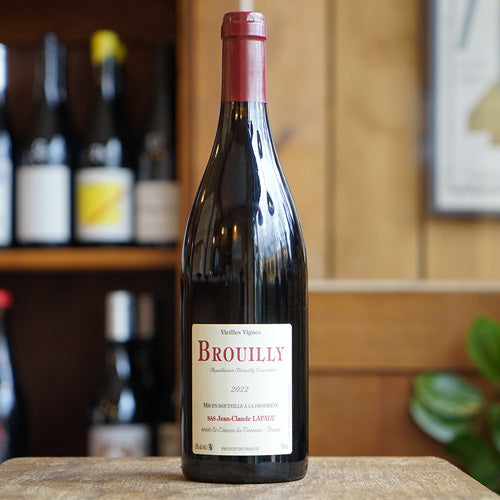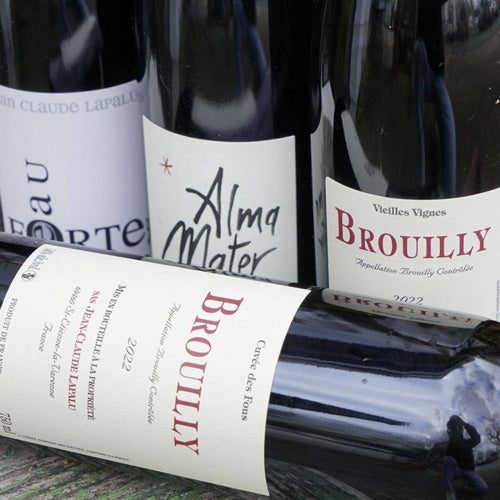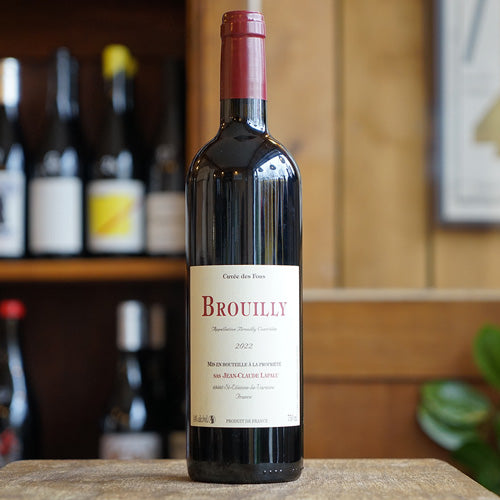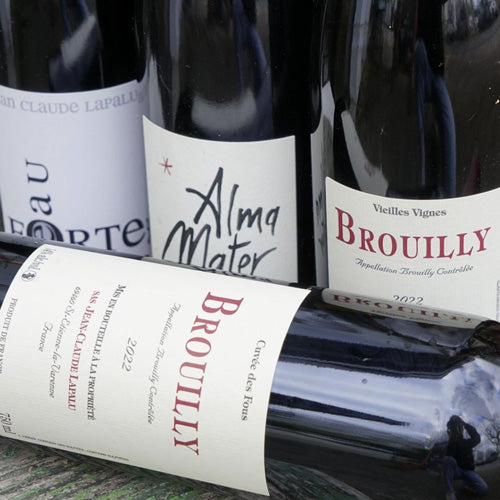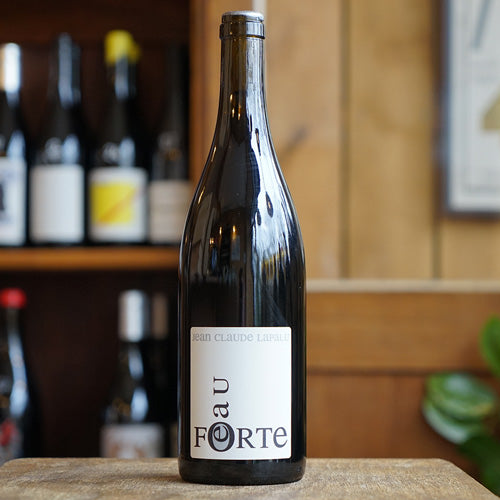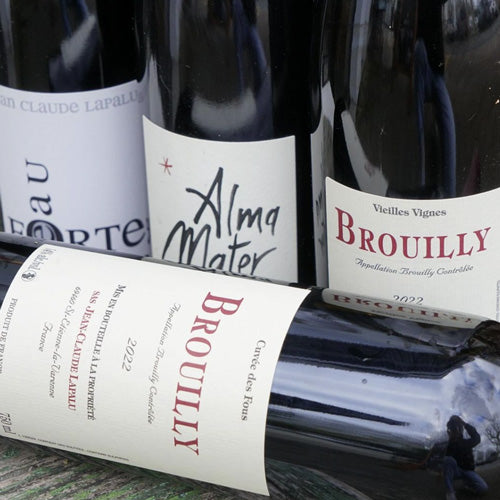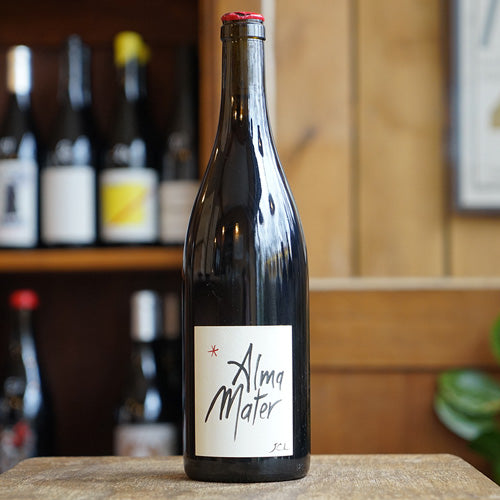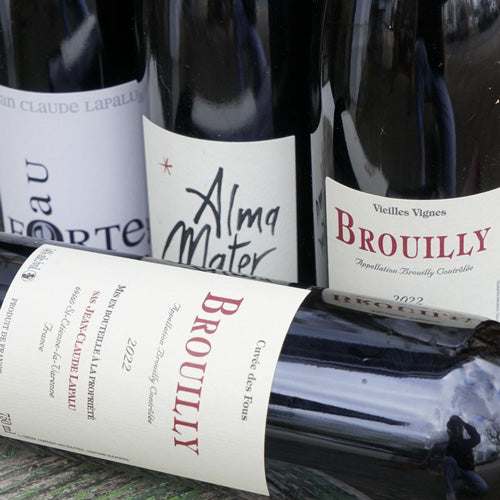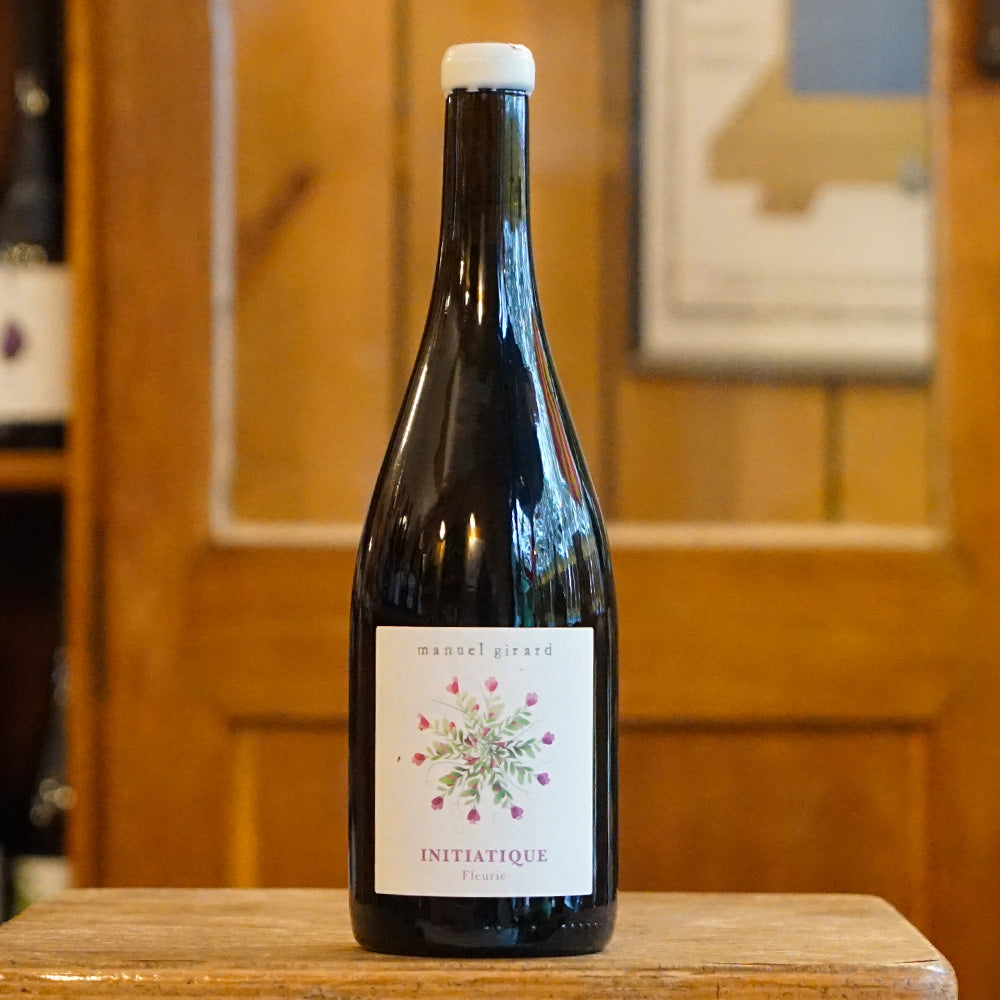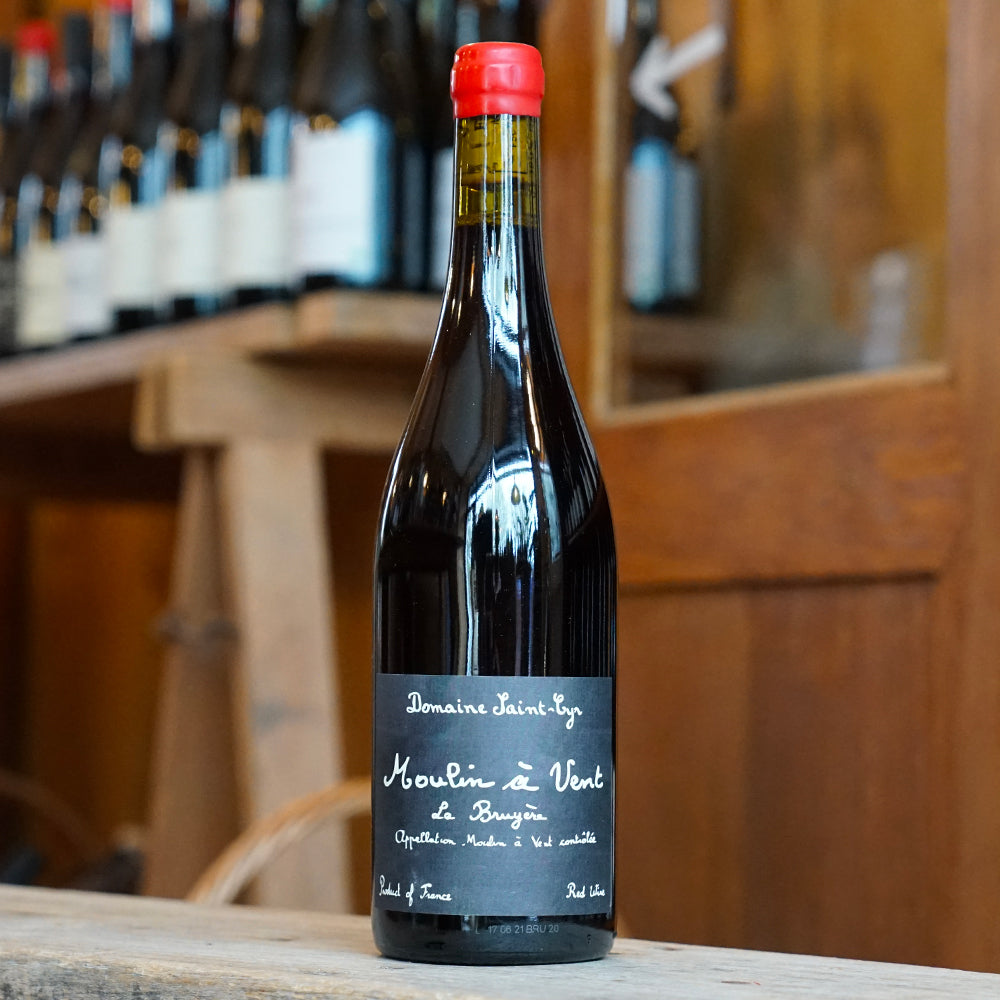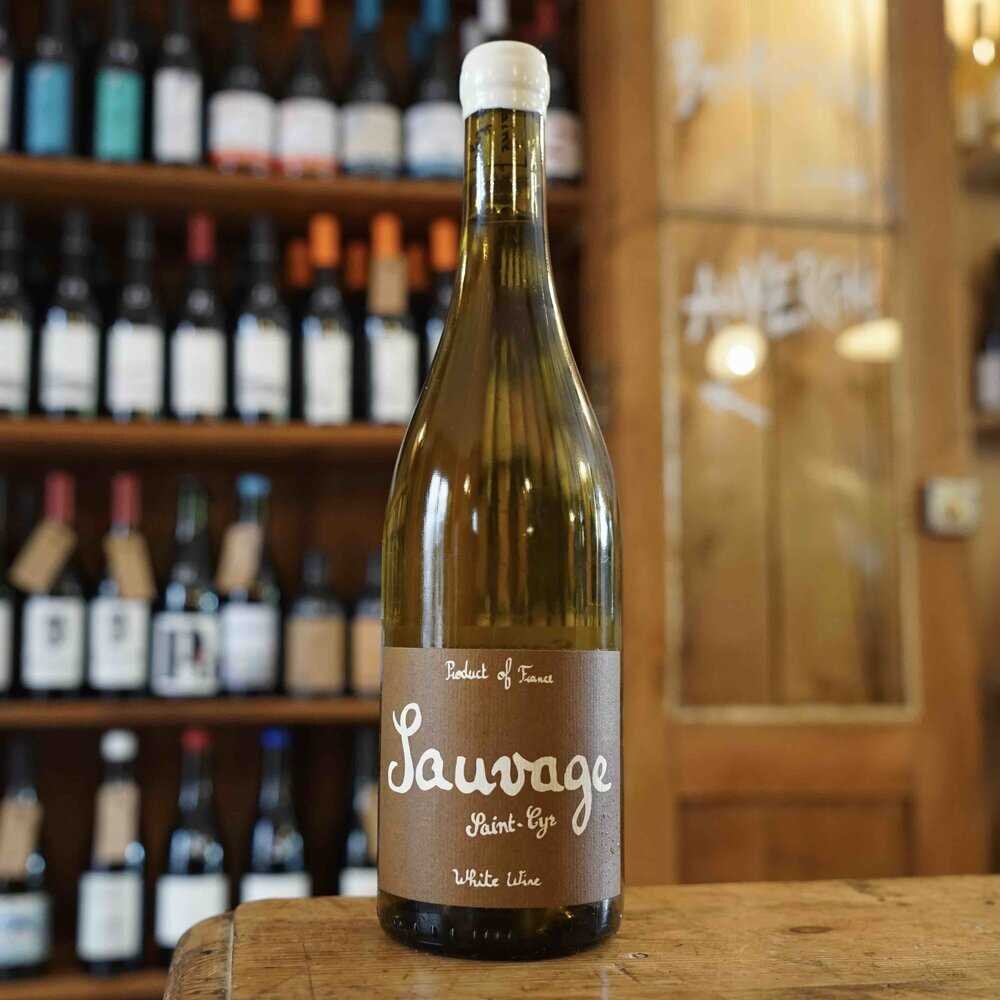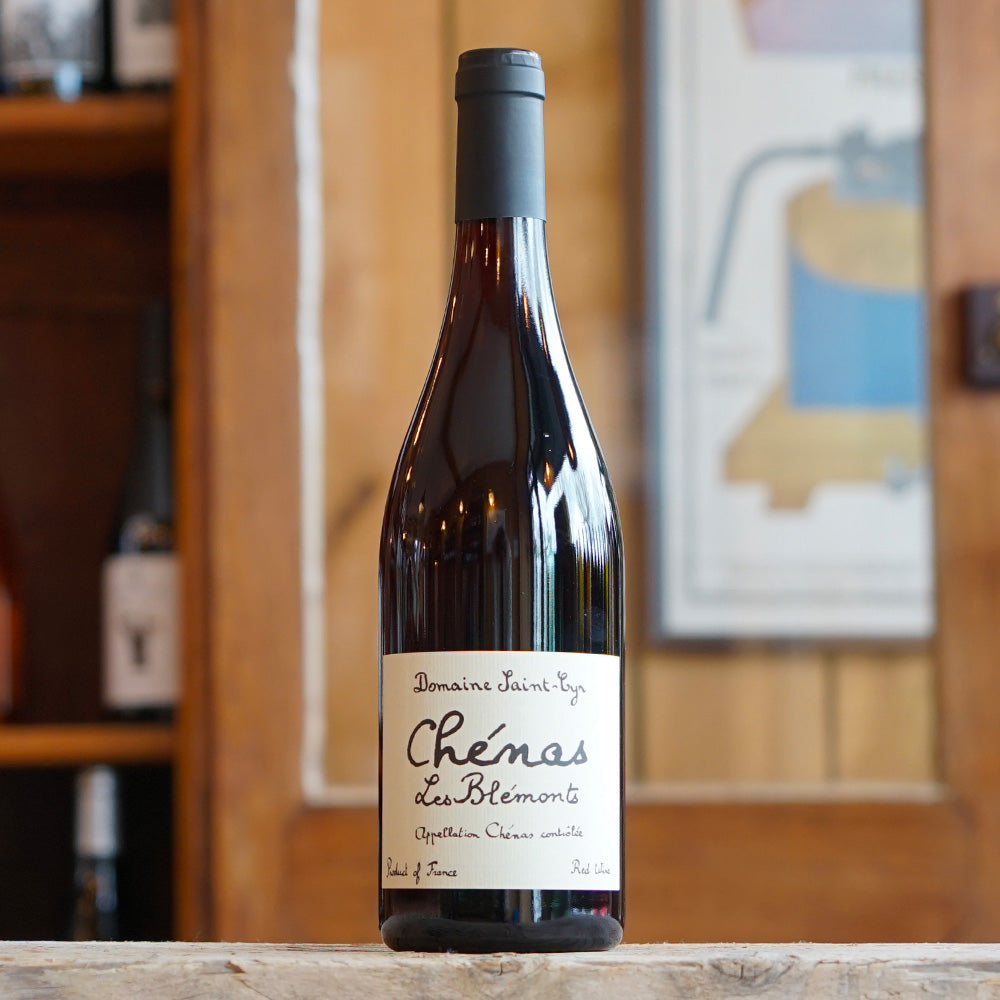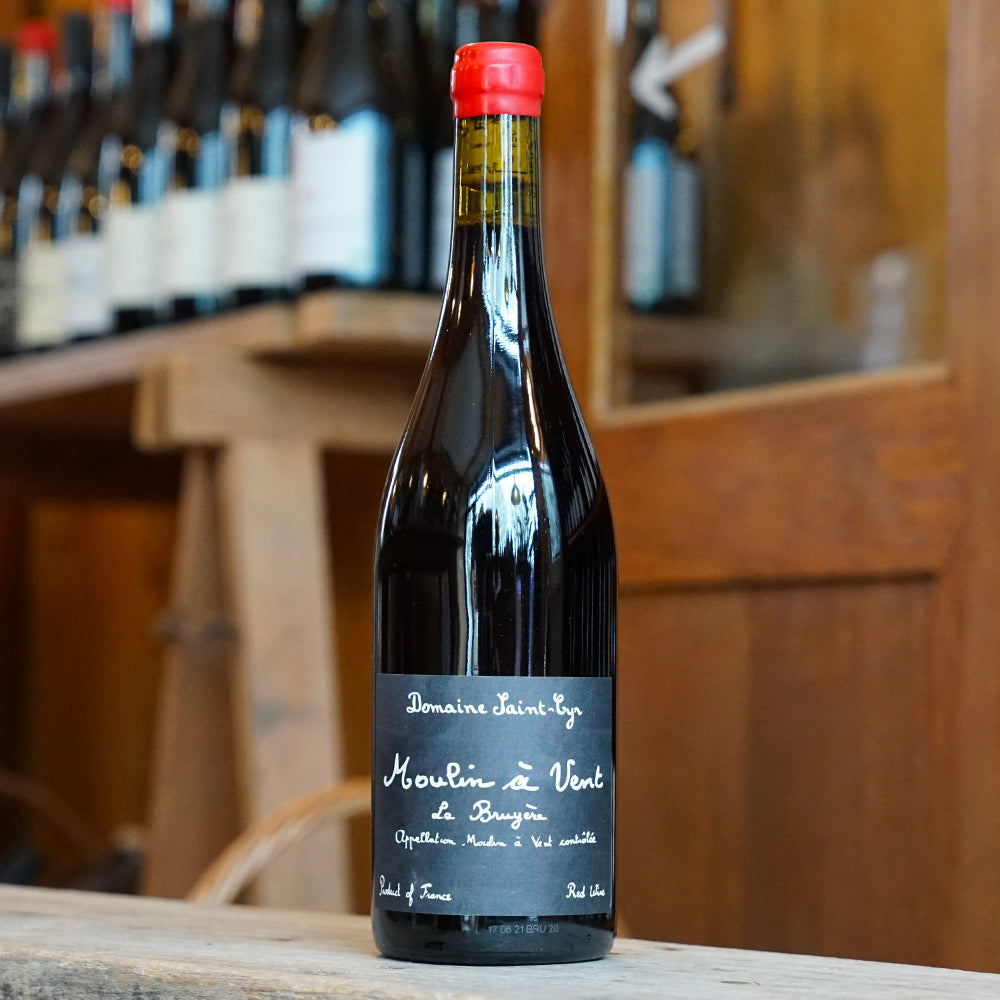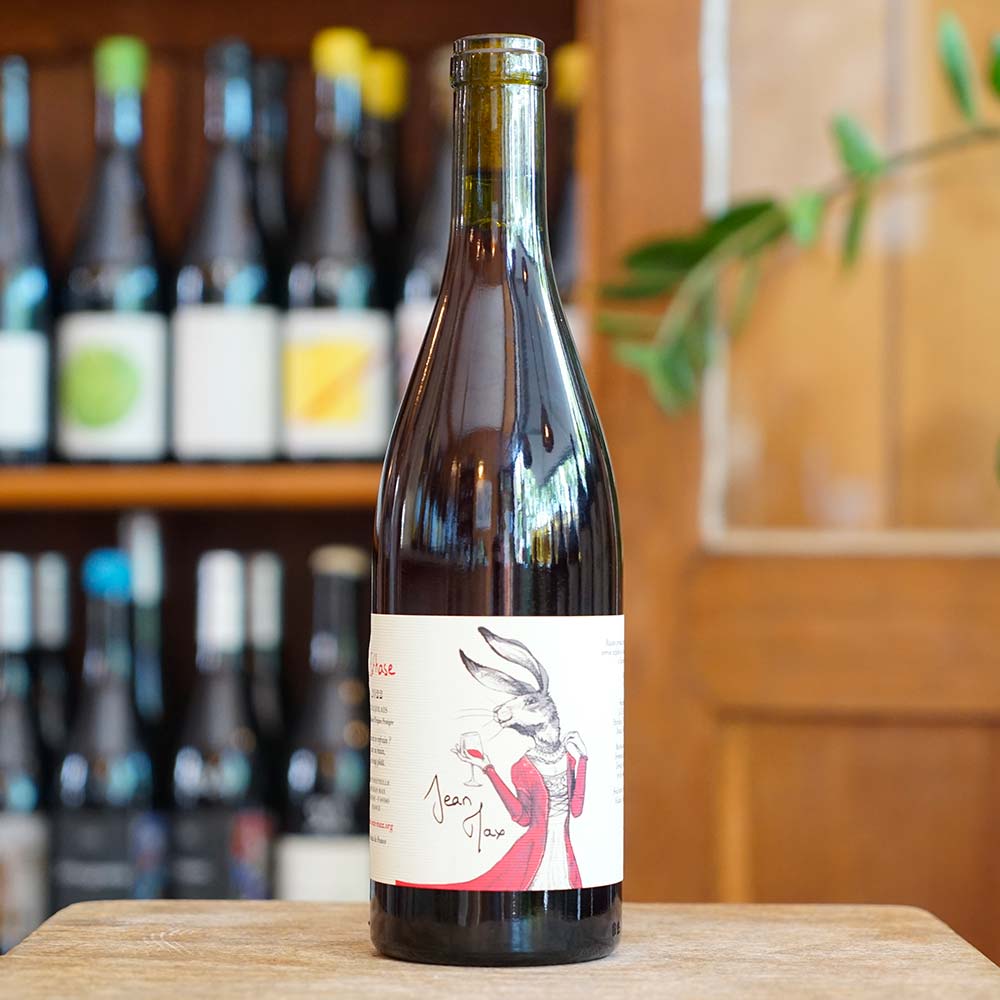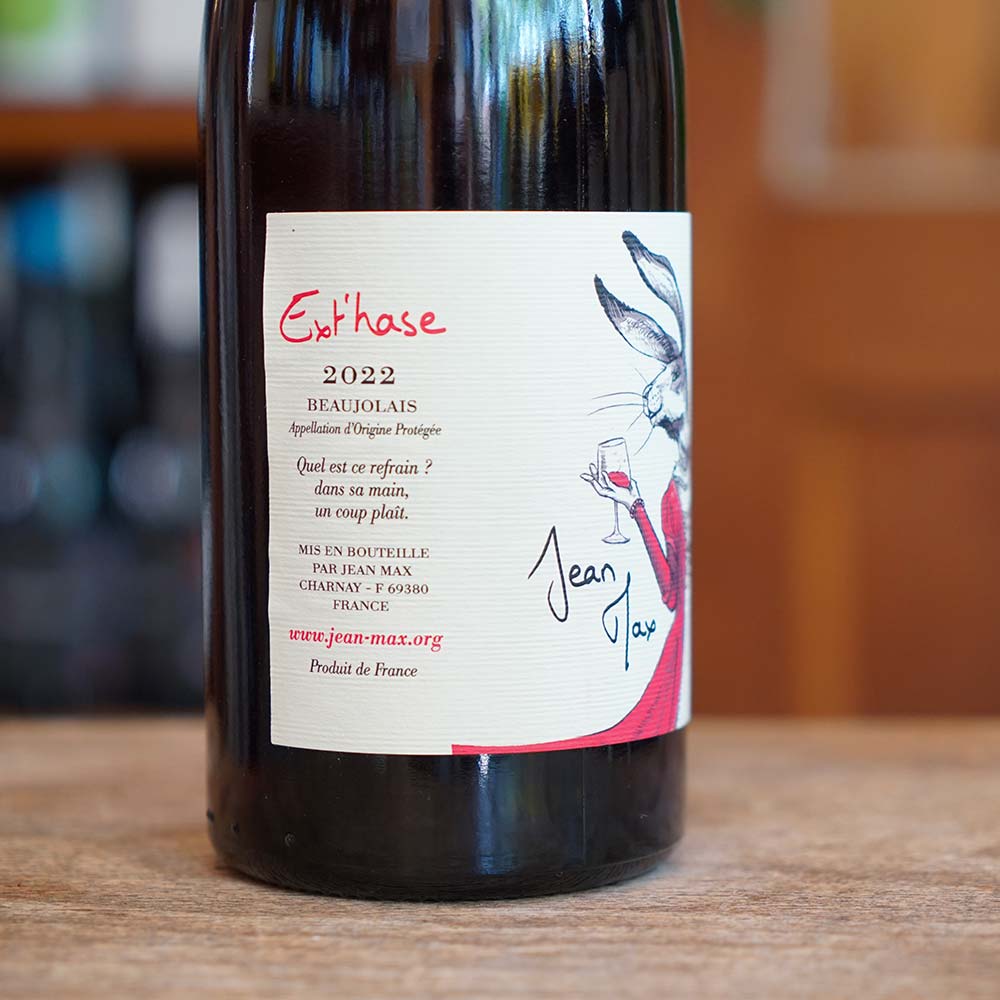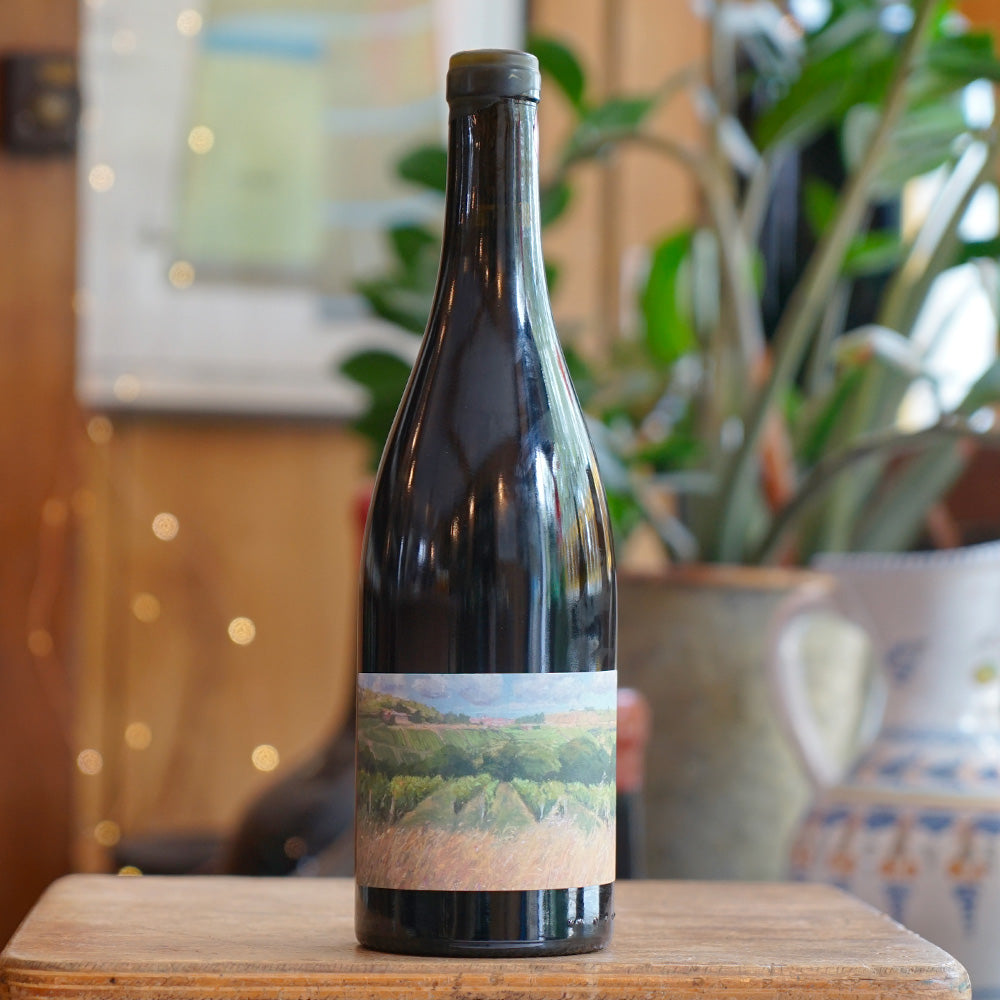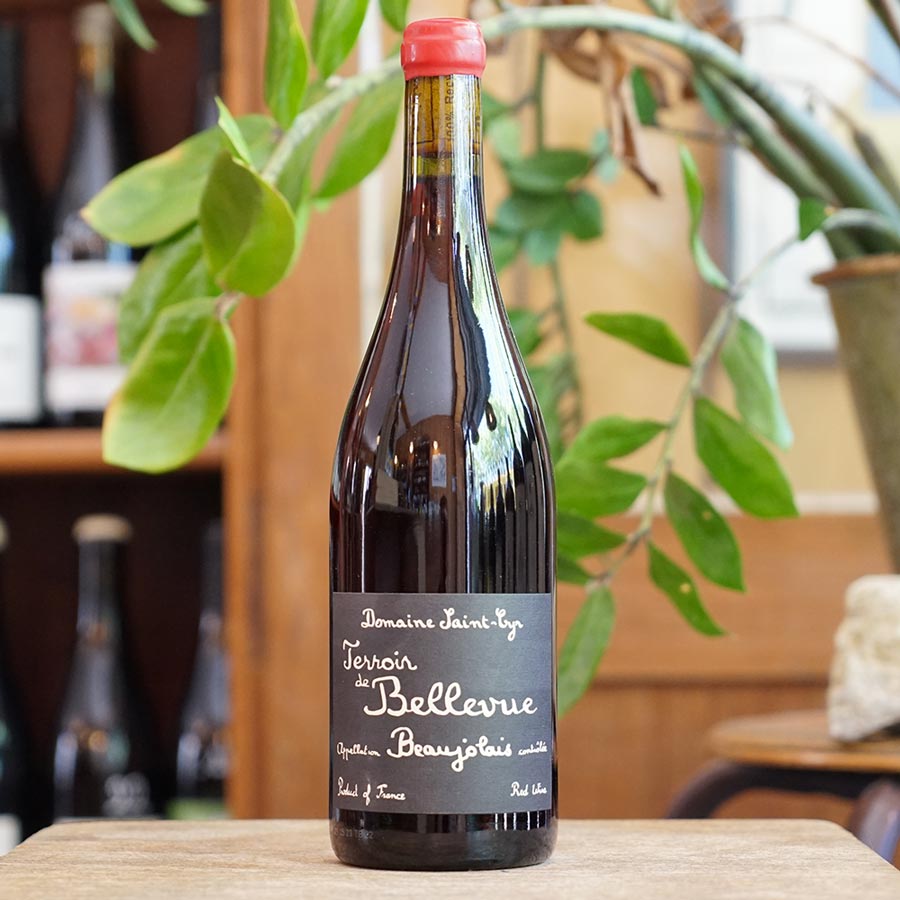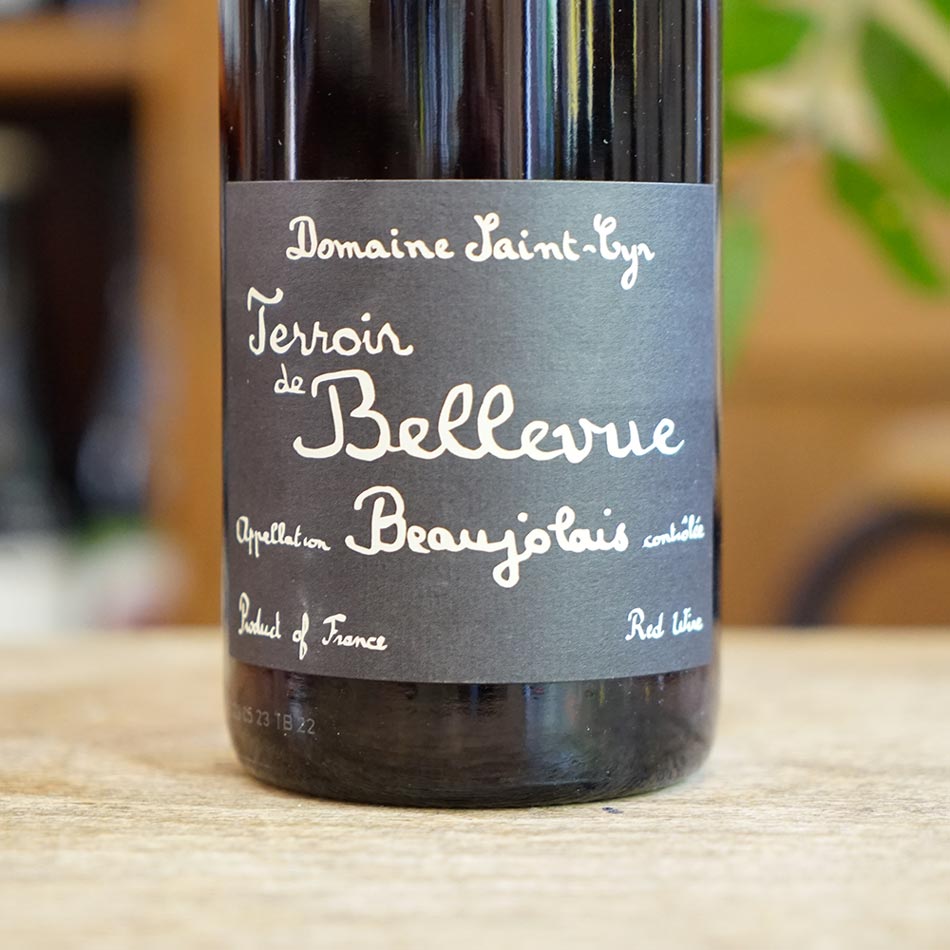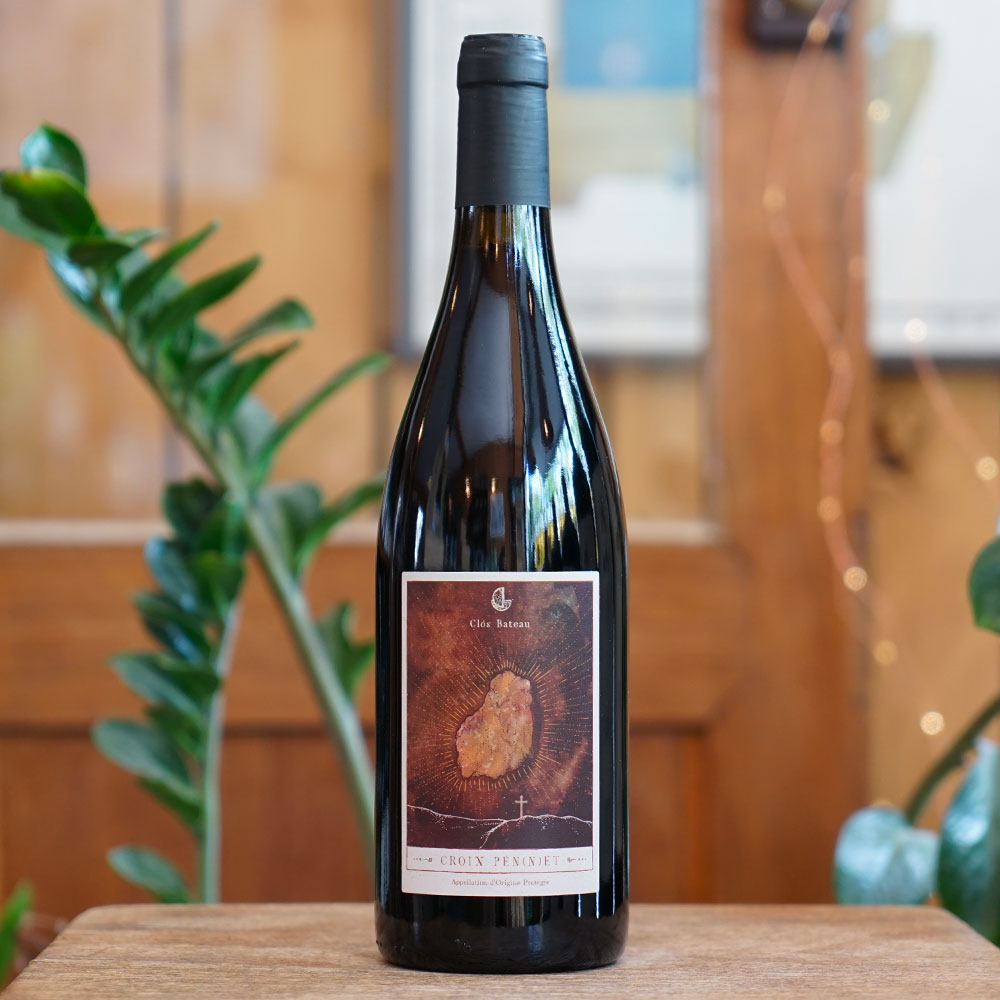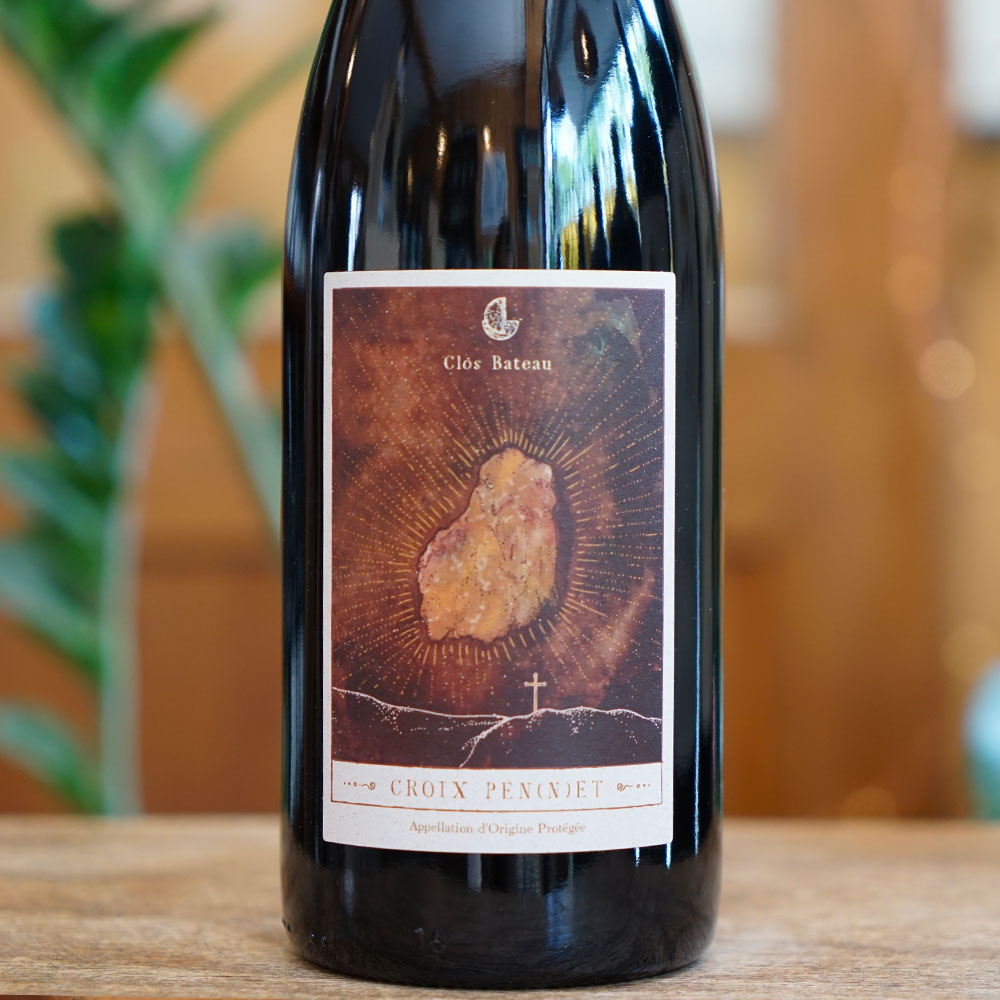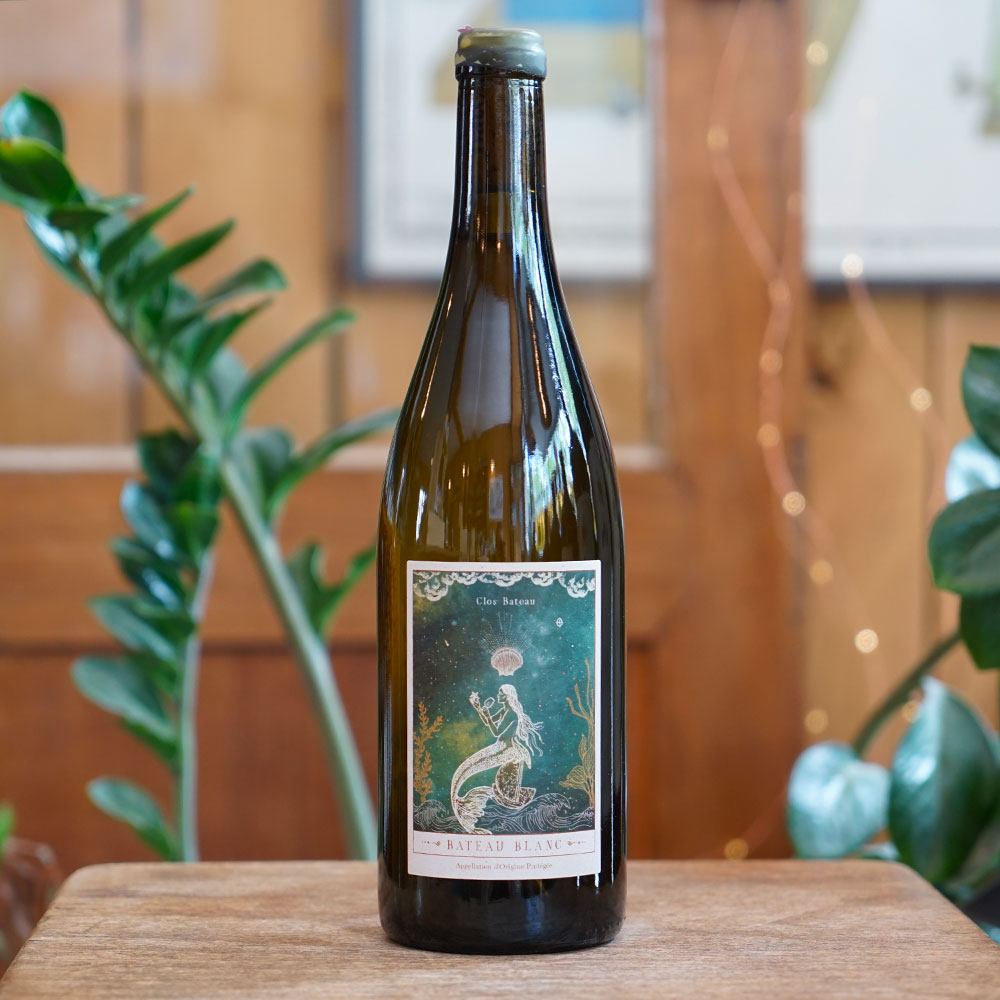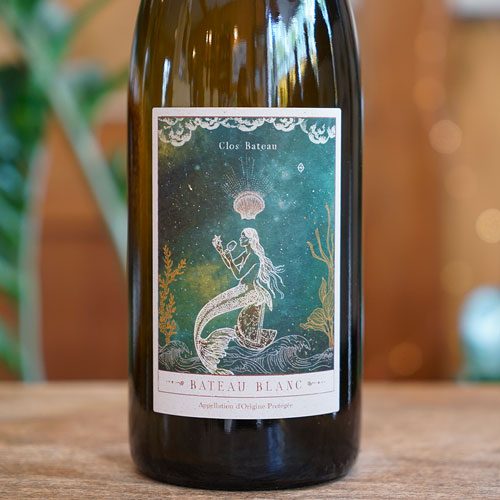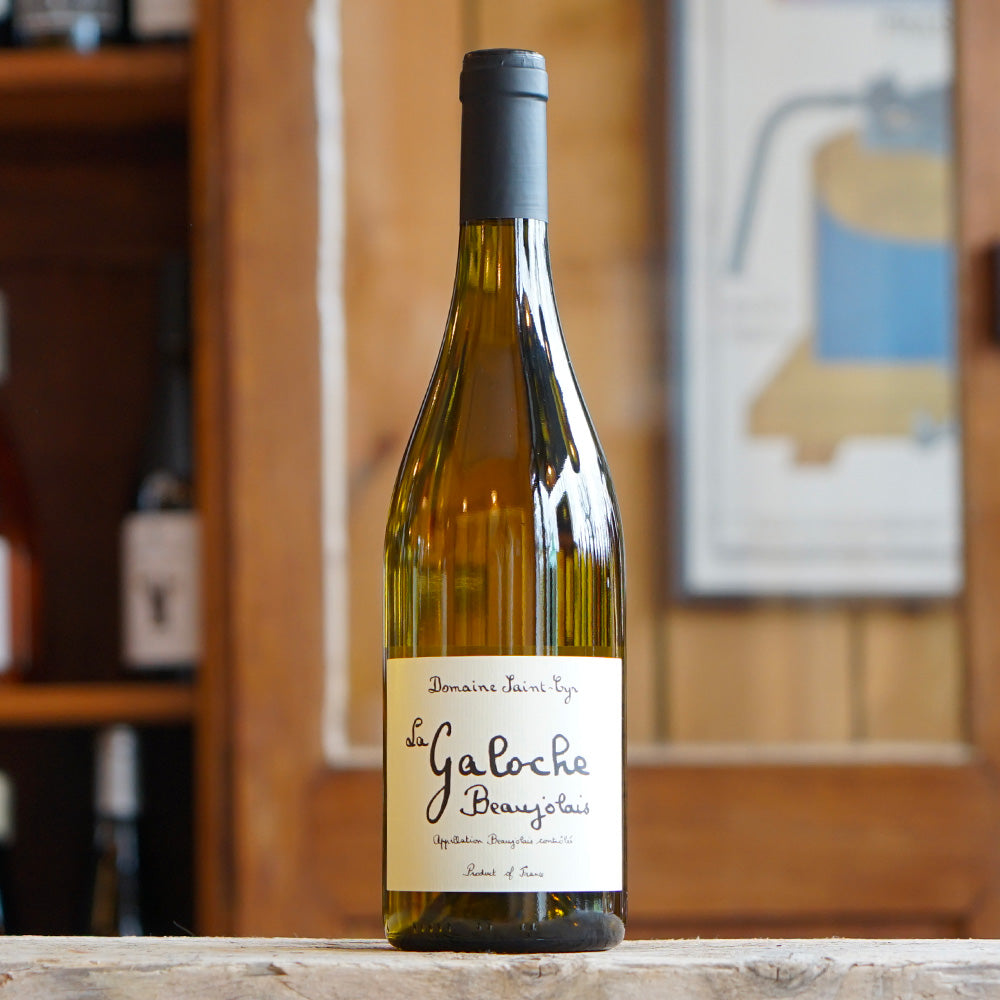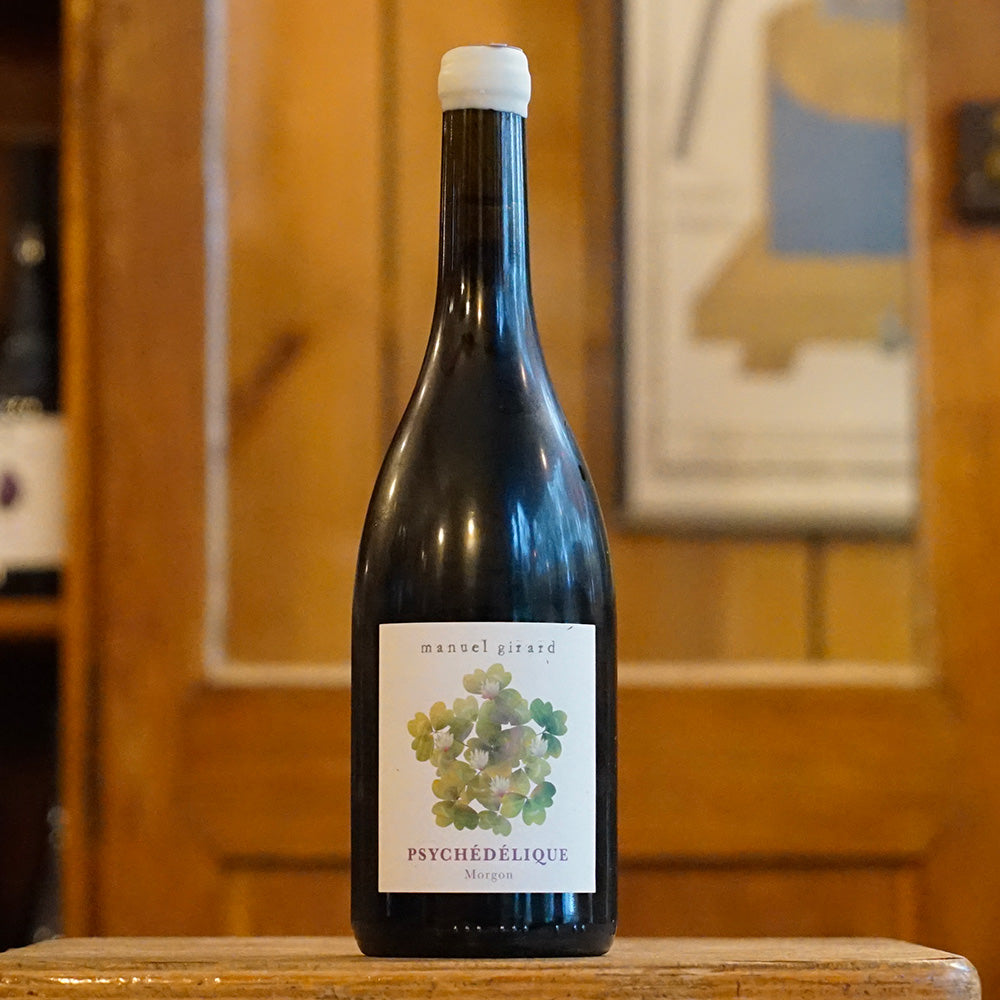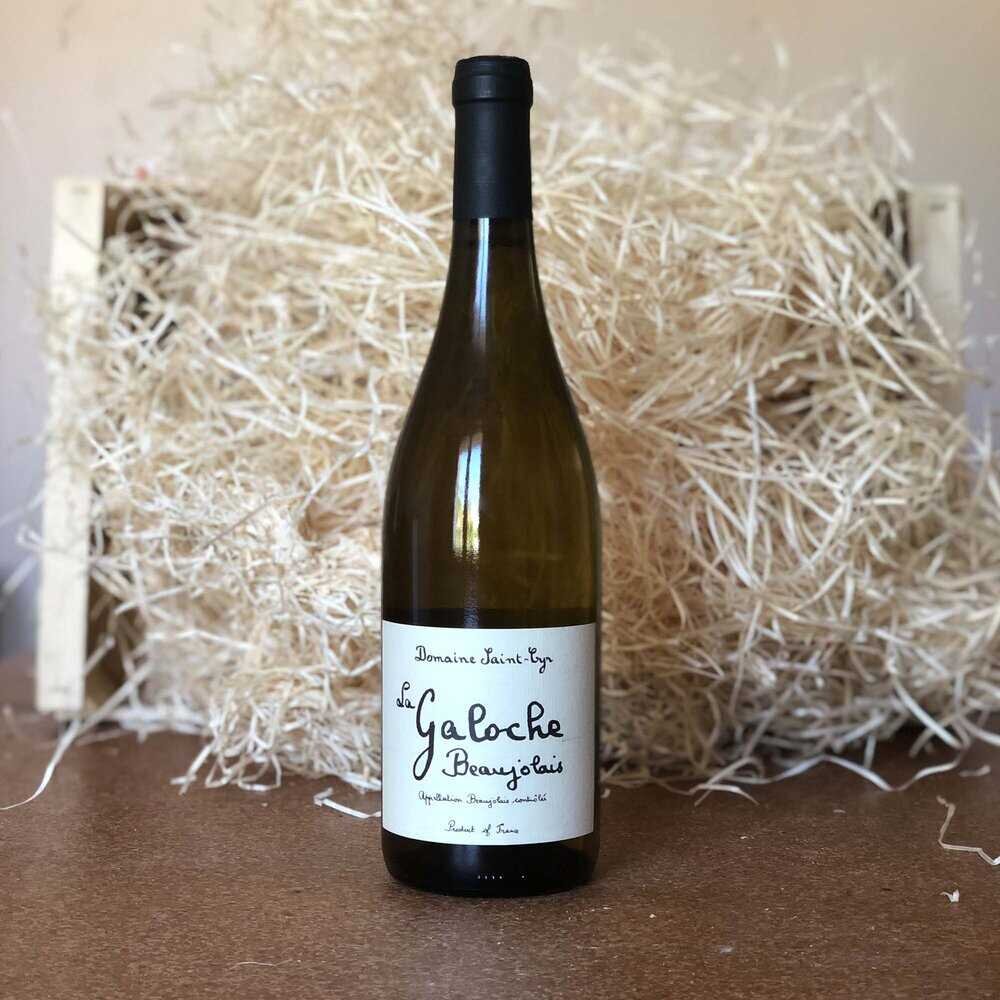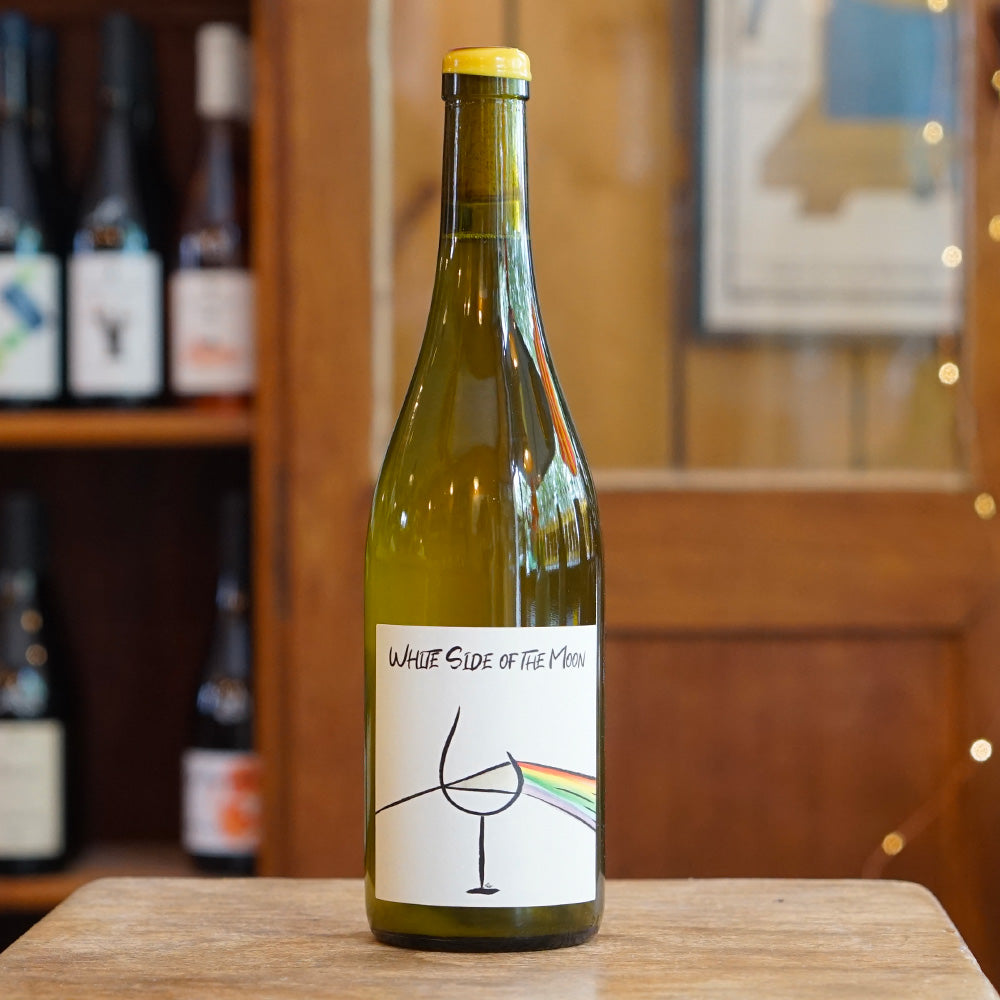Beaujolais
Beaujolais is a vineyard of paradox. It is known worldwide for its Beaujolais Nouveau, presented on all tables always on the third Thursday of the month of November. This event unfortunately gave him a bad image which, regrettably, still sticks to him...
This vineyard is also one of the life bases of French Natural Wine.
Indeed, the Beaujolais lands were able to see the first theories on natural winemaking appear via the studies of Jules Chauvet, winegrower-oenologist from Villié-Morgon whose work on natural winemaking without sulfur inspired, and still continues to inspire, to do so, a great generation of natural winegrowers. Jules Chauvet also highlighted the use of carbonic maceration, which has now become a benchmark winemaking technique in the region.
Let us cite the first generation of these natural winegrowers who decided to do without sulfur in their wines: Marcel Lapierre, Jean-Claude Chanudet (known as Le Chat), Jean Foillard and Yvon Métras.
Today it is the turn of a new generation to make its place in the world of natural wine, and what could be more natural than that the continuation is taken up, in part, by the children of all these great names mentioned above high ?
Camille and Mathieu Lapierre, Jules Métras, Alex Foillard thus perpetuate the art of this agriculture without pesticides or synthetic chemicals, but above all the art and love of this great and much maligned grape variety that is Gamay. Just like Raphael Saint-Cyr, from Domaine Saint-Cyr with his cuvée La Galoche or the Domaine des Canailles, the estate just created by Simon Pérot and Etienne Ubaud, with their gourmet cuvée “Métro, travail, Beaujo” also do. .
Note that this terroir also attracts more and more natural winegrowers from other vineyards who come to settle there, such as Maï Roblin Blazin, who decided to be unfaithful to her native Burgundy to work her plots on the Juliénas appellation.
Gamay alone represents more than 98% of the grape varieties in this wine-growing region which extends along the Saône over more than 22,000 hectares. 12 appellations, therefore 10 crus, represent this vineyard: Brouilly, Côte-de-Brouilly, Chénas, Chiroubles, Fleurie, Juliénas, Moulin à vent, Morgon, Régnié, and Saint-Amour.
White wines represent only 2% of the total production of this vineyard, mainly Chardonnay and Viognier. The geology is quite simple since it is divided into two parts: the Pierres Dorées and their predominantly clay-limestone soils to the south and granite terroirs to the north. Nicknamed by Philippe le Hardy who ordered it to be uprooted from all Burgundian terroirs in 1395, as “Vil et Deloyal”, Gamay is the one and only red grape variety authorized in the Beaujolais appellations. It thus offers us a profile of wines that are often easy to drink, fruity, naturally balanced between acidity, astringency and fresh fruit aromas. But be careful, he also knows how to give us more complex wine profiles with great depth capable of lasting years of aging without any difficulty.
To discover a wider selection of natural Beaujolais wines, visit Vinograf.

